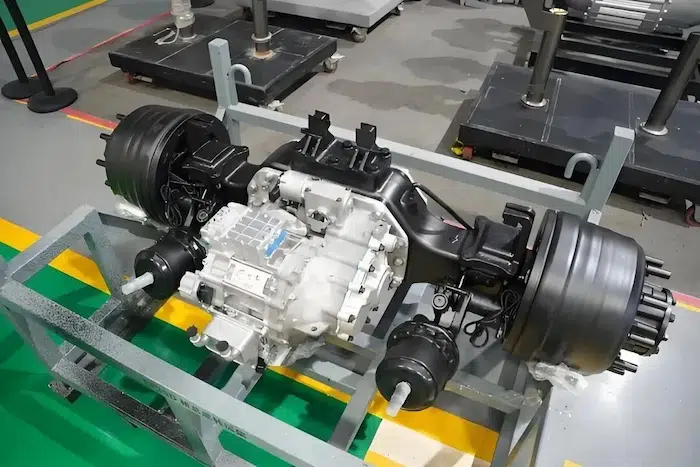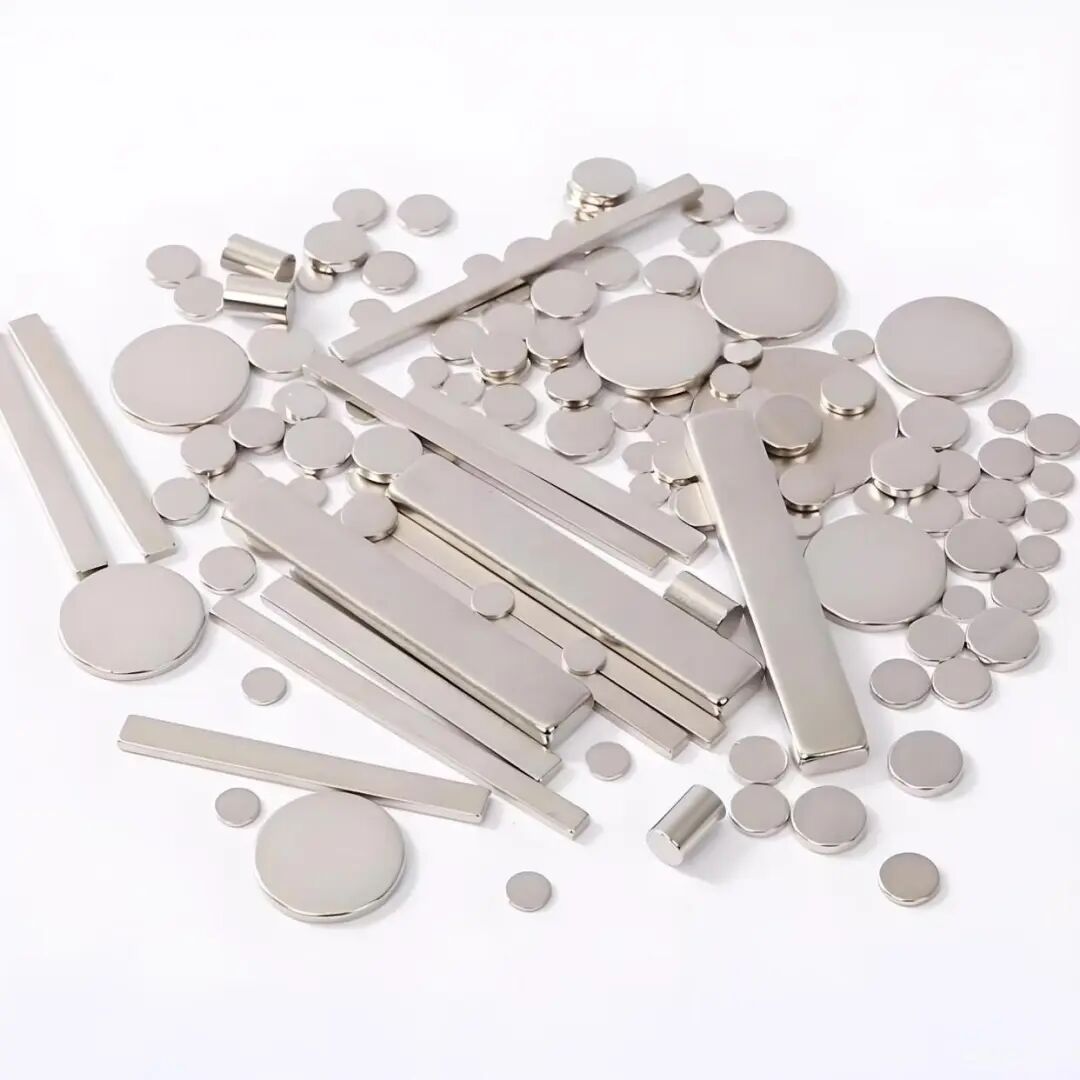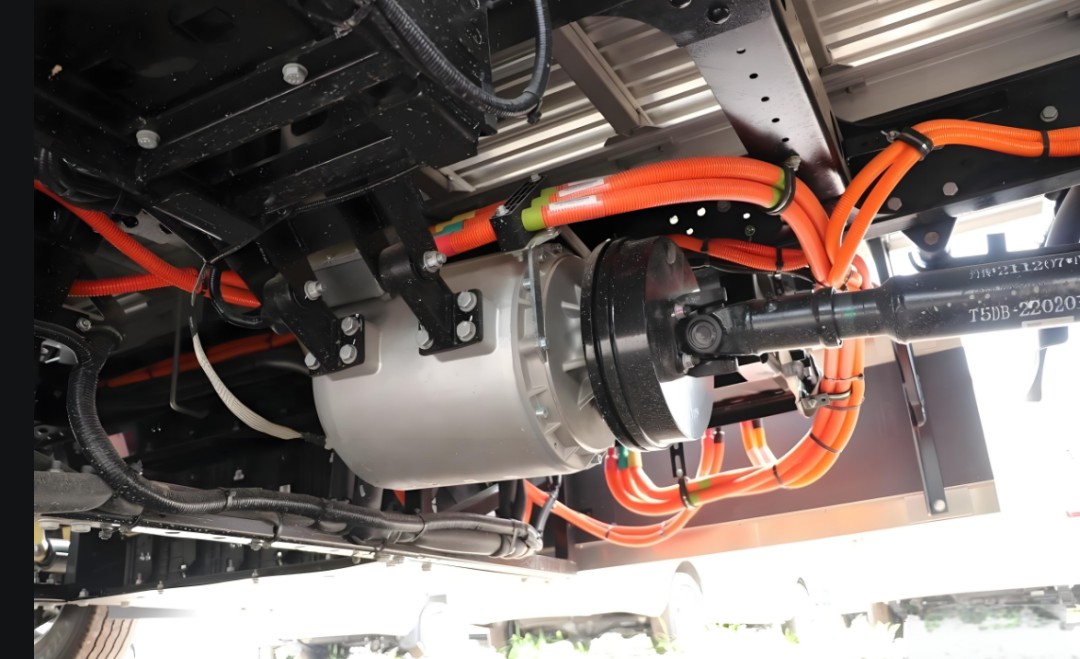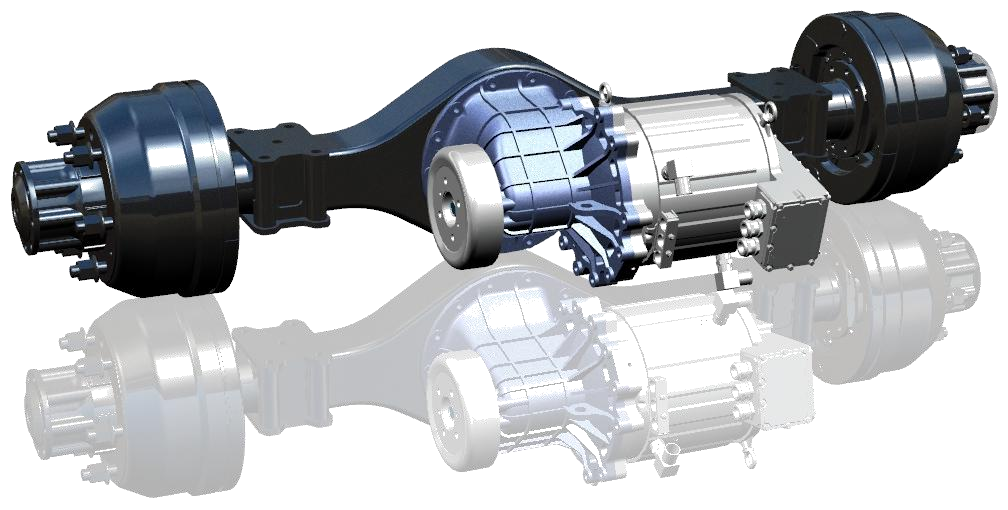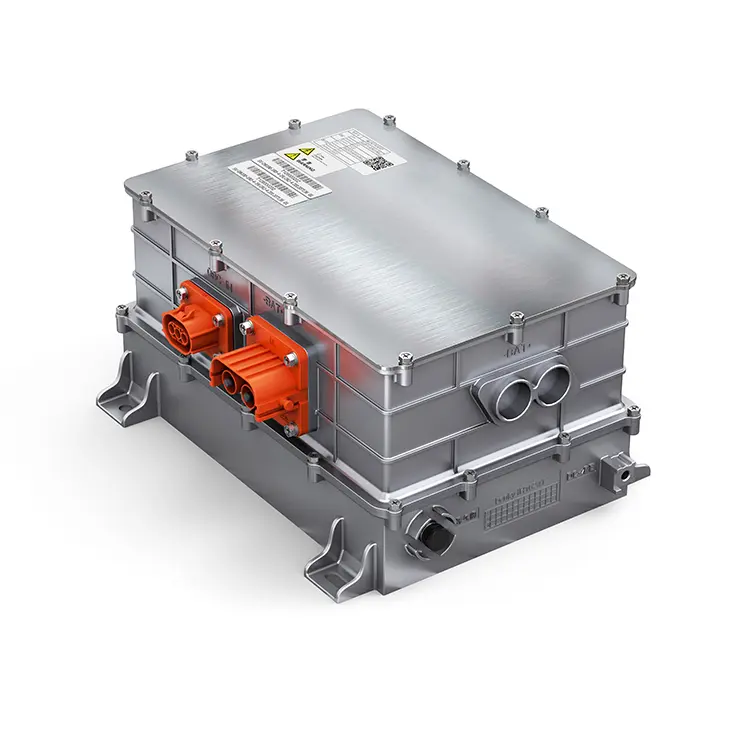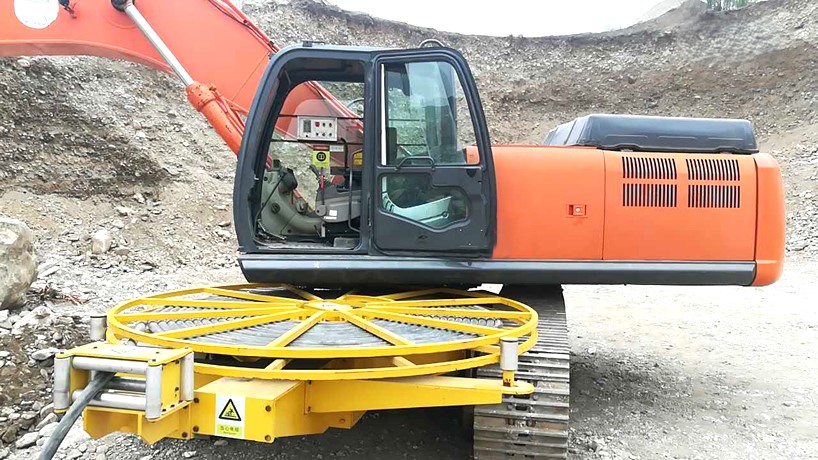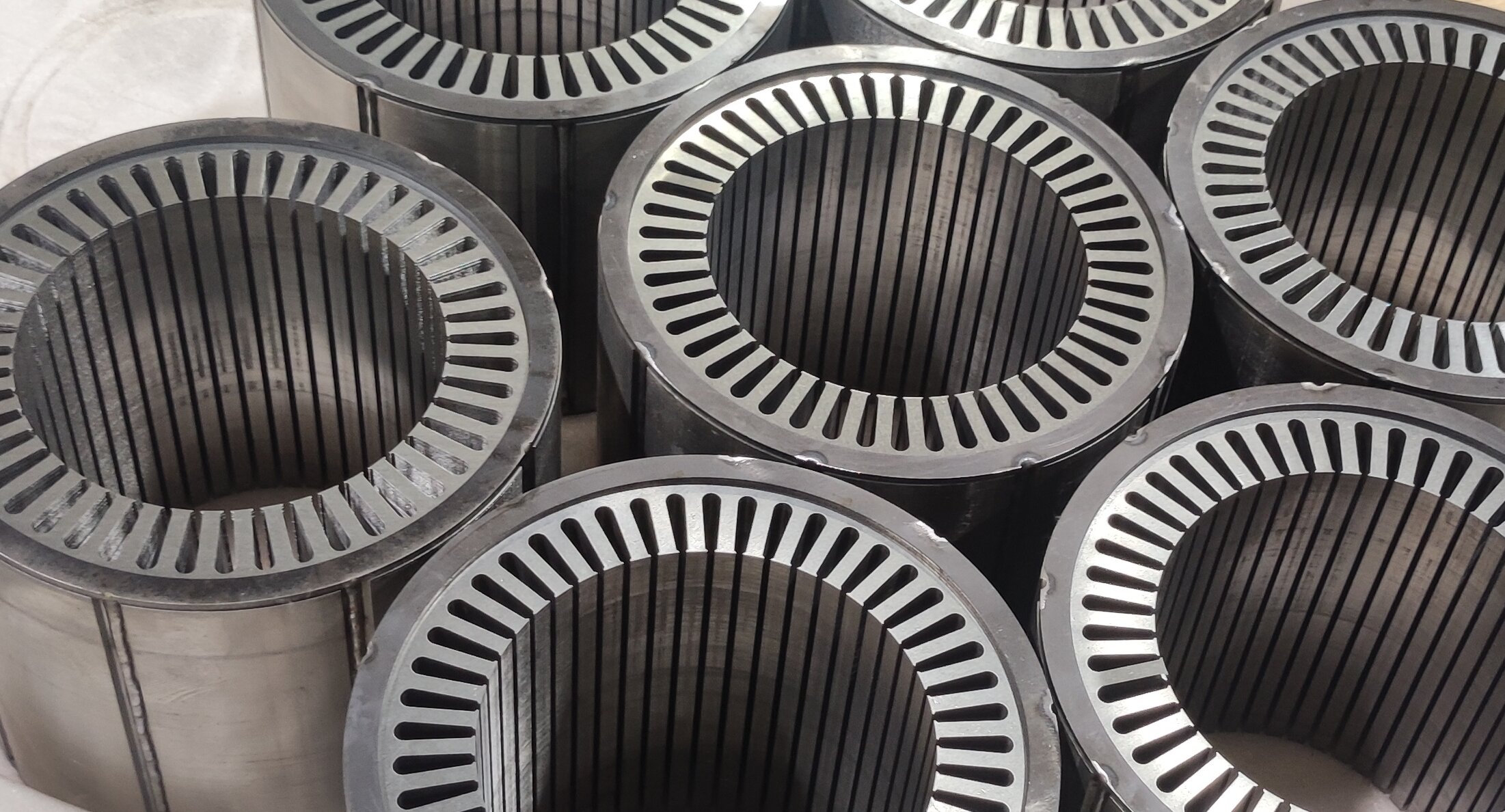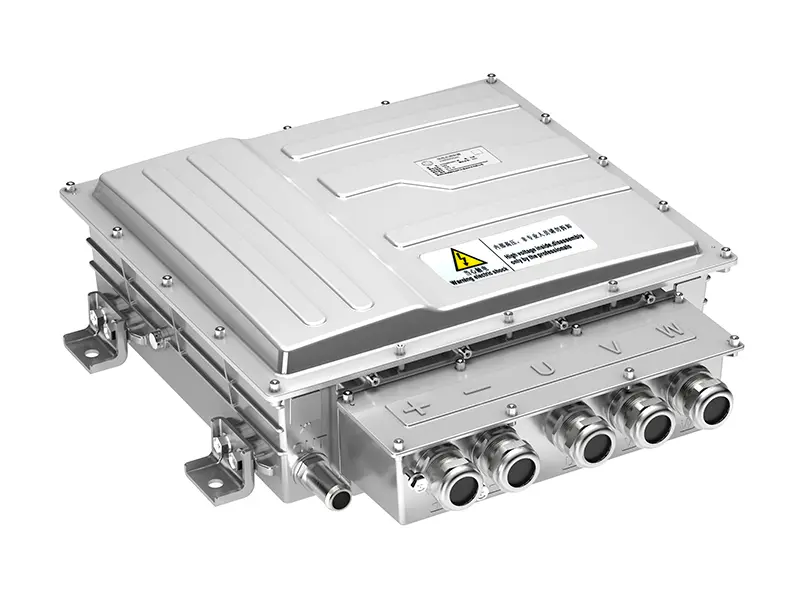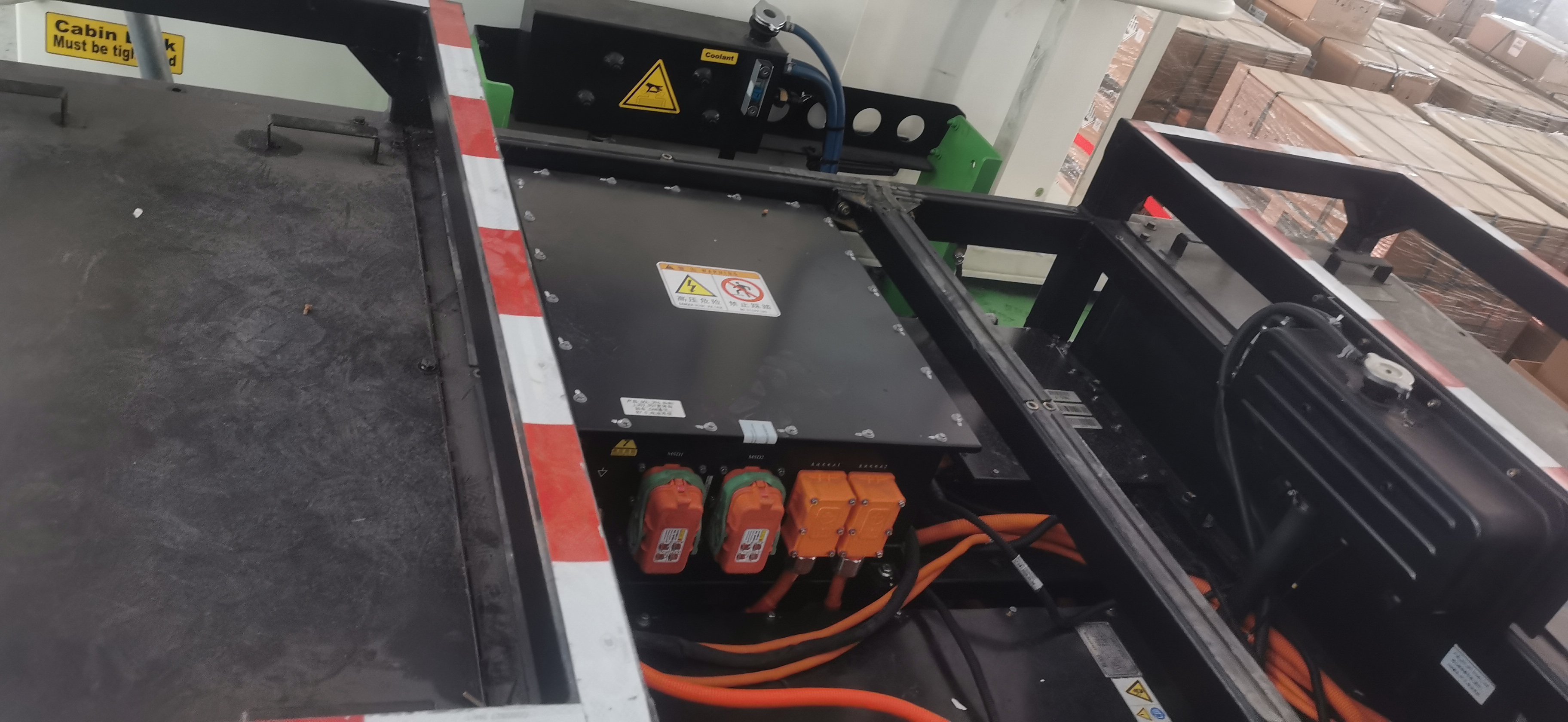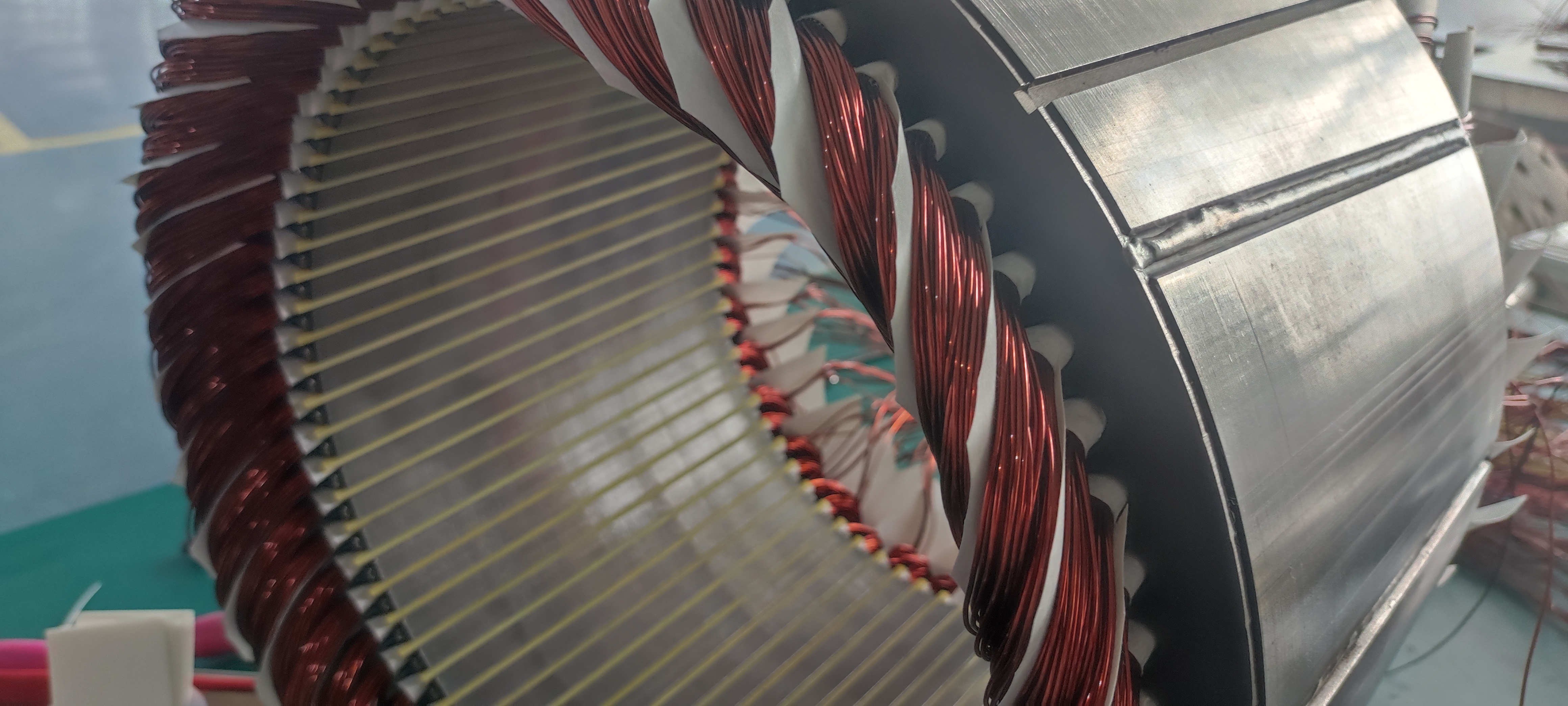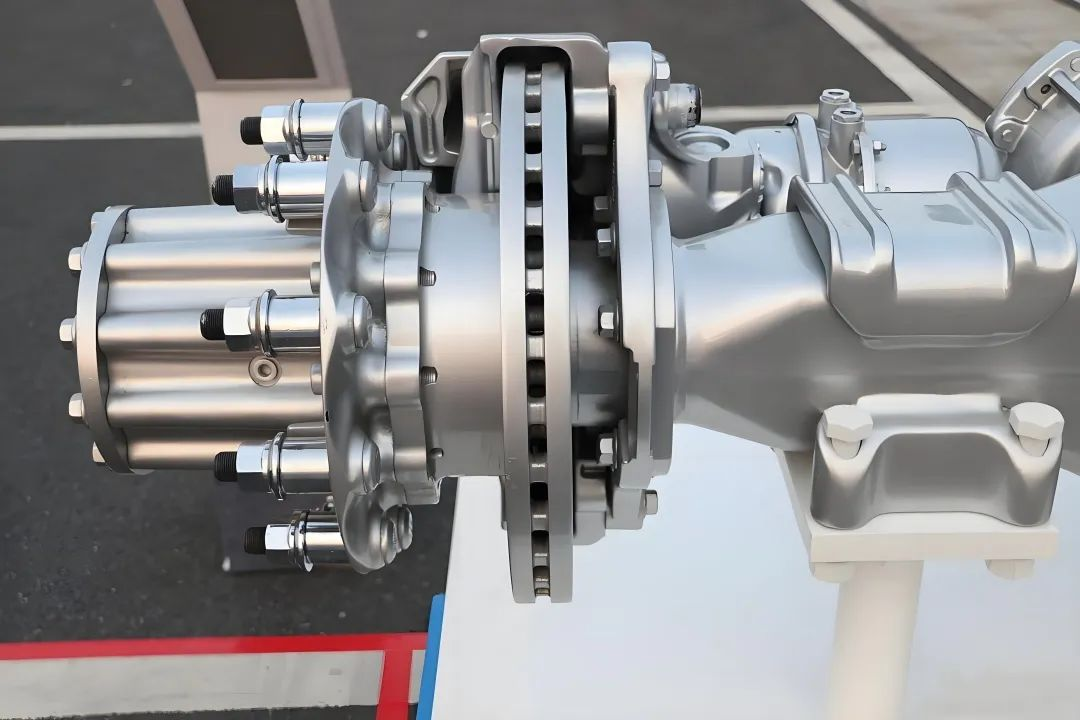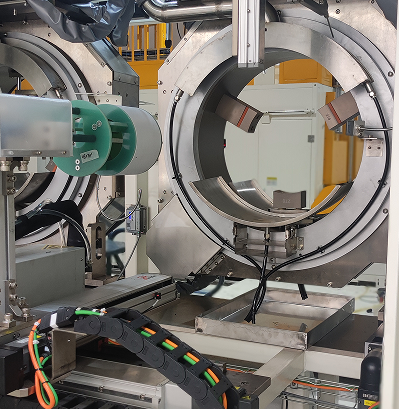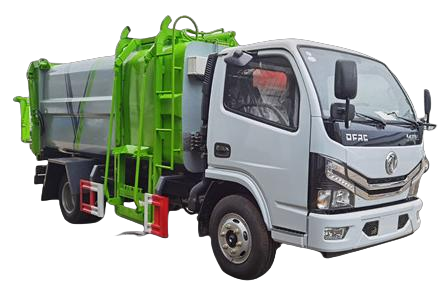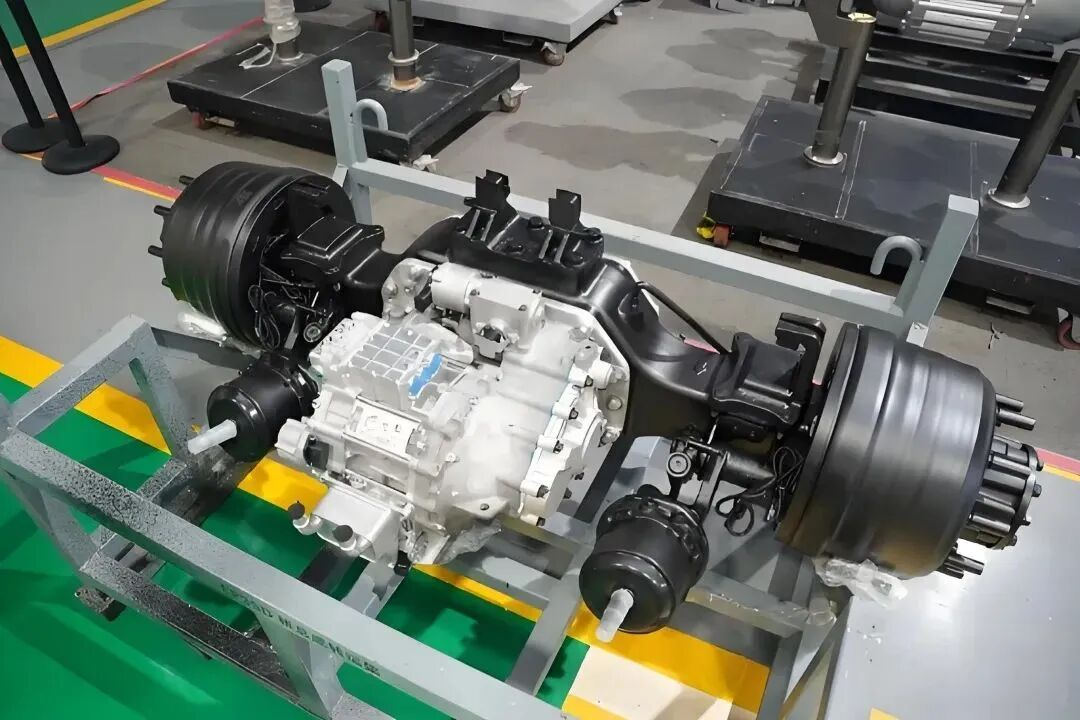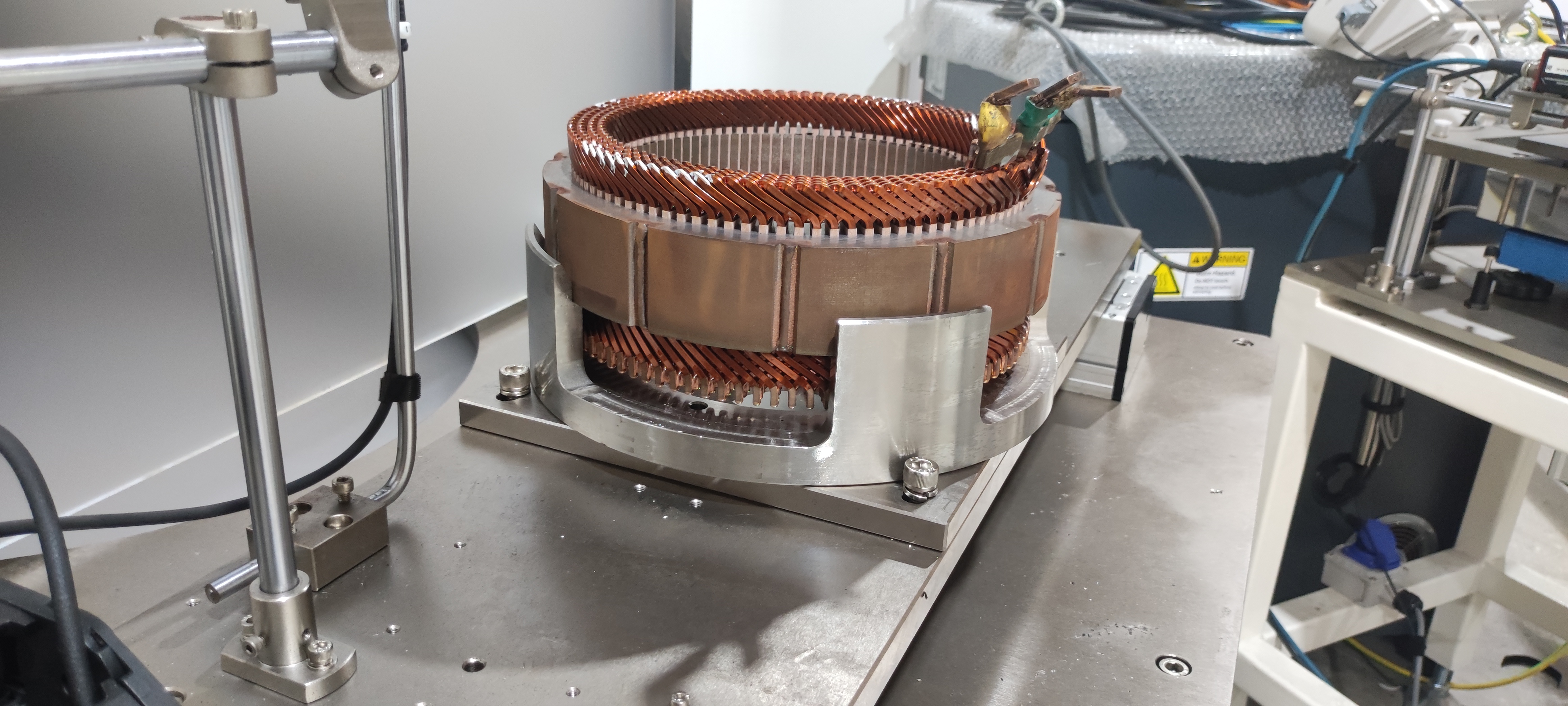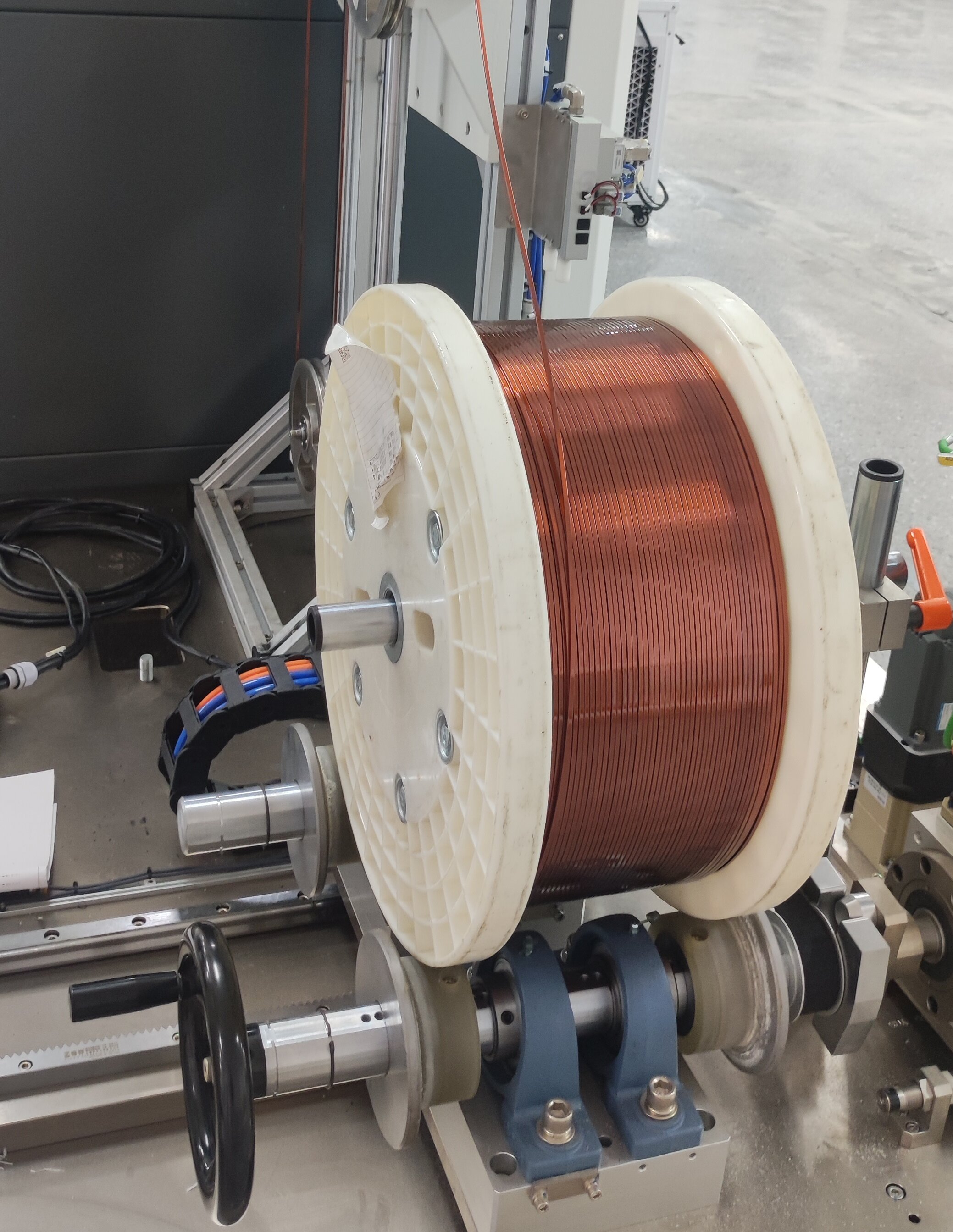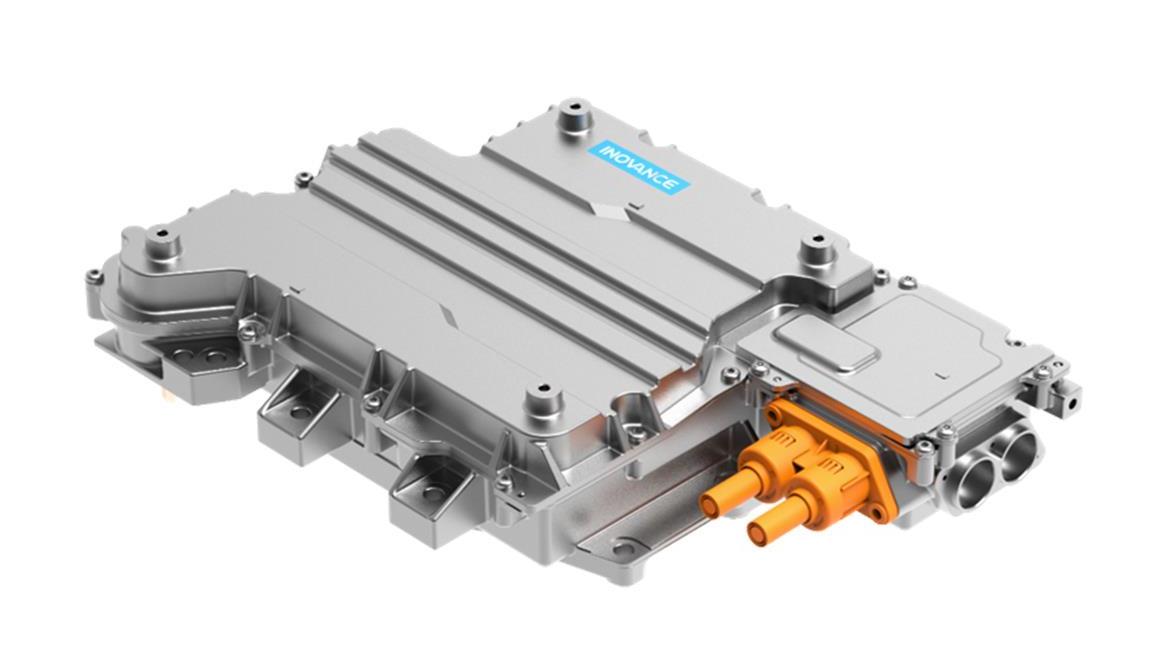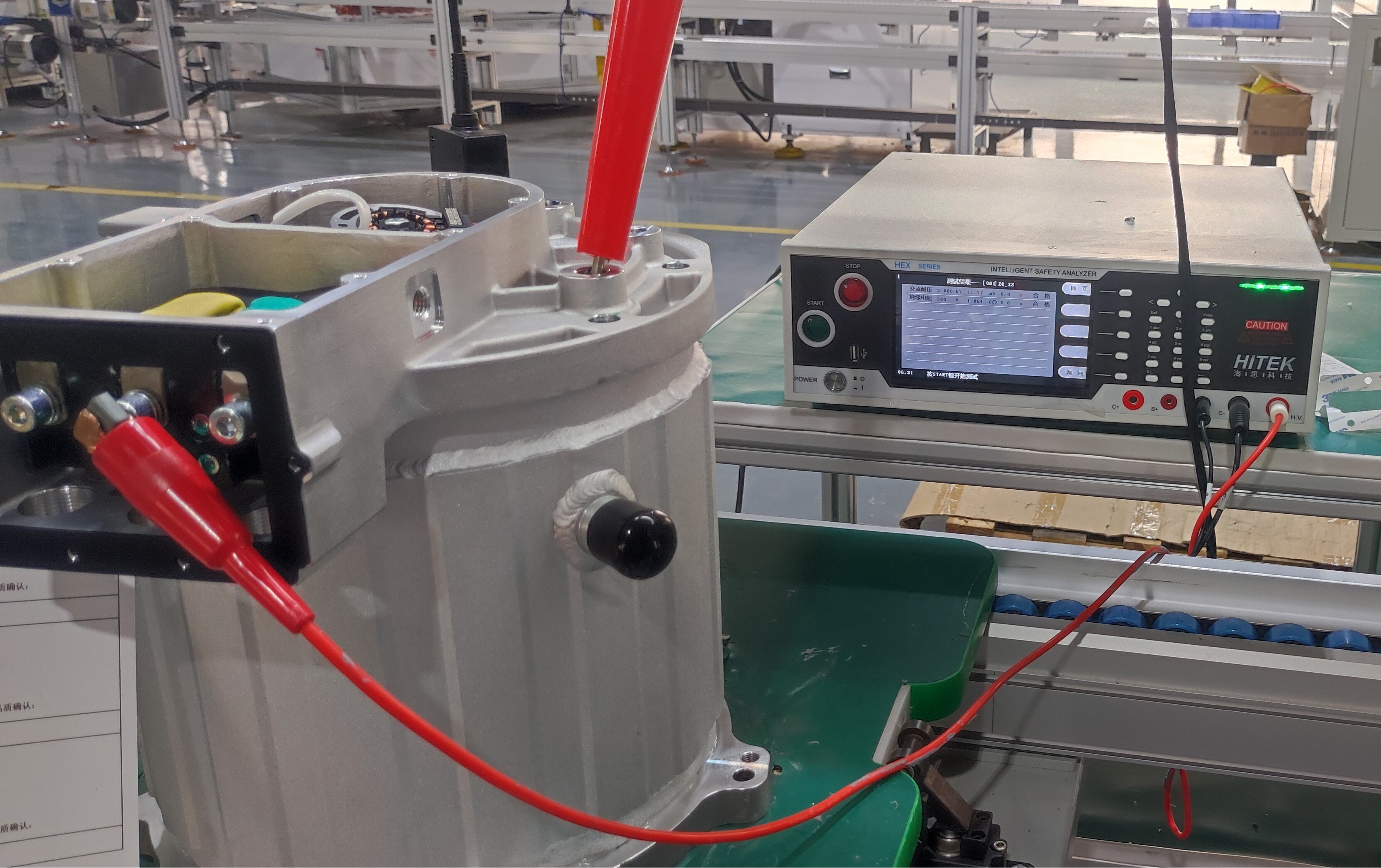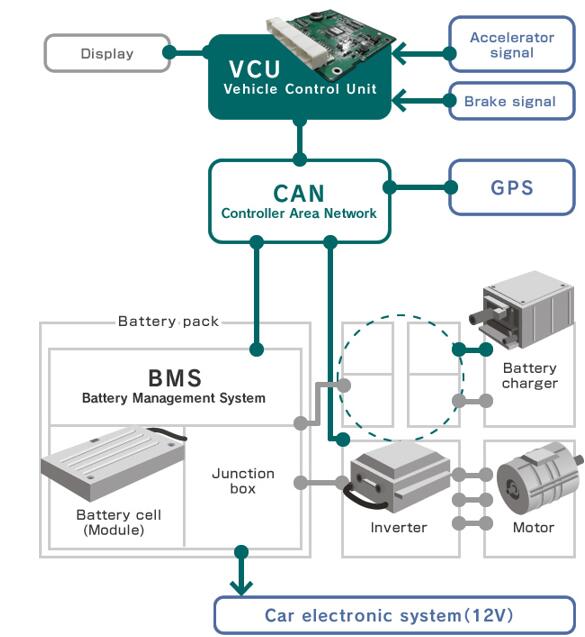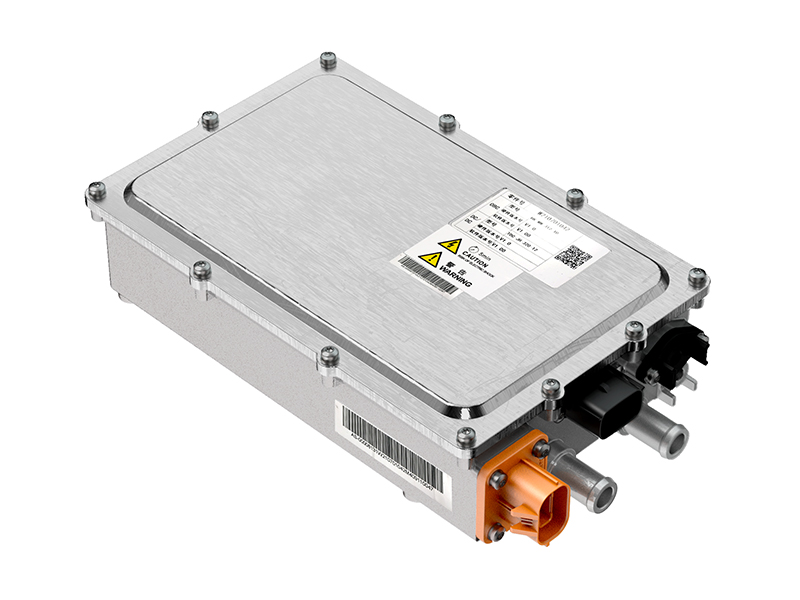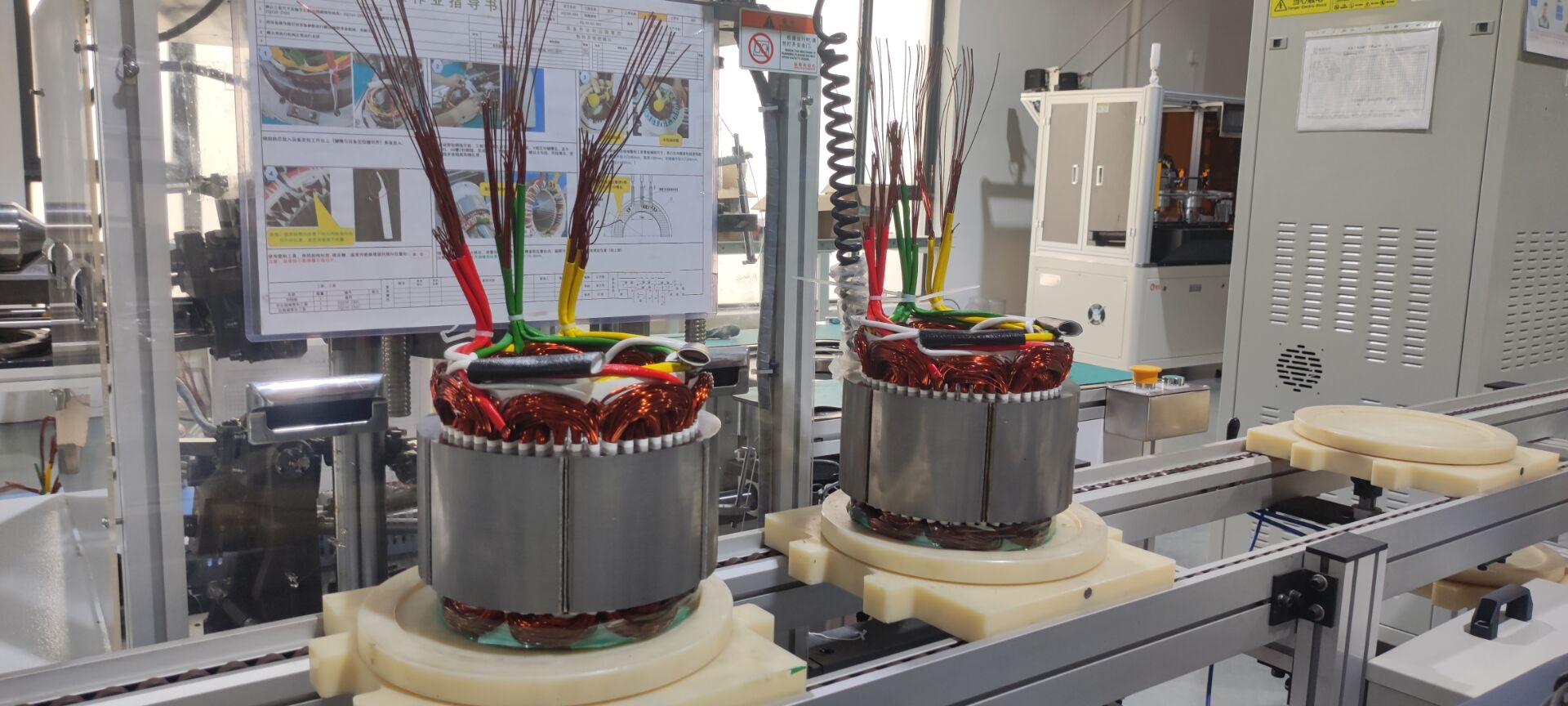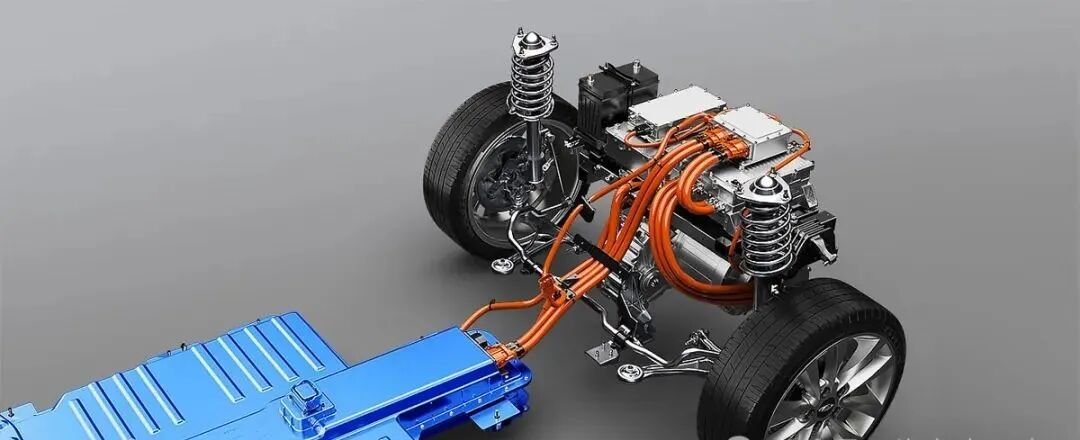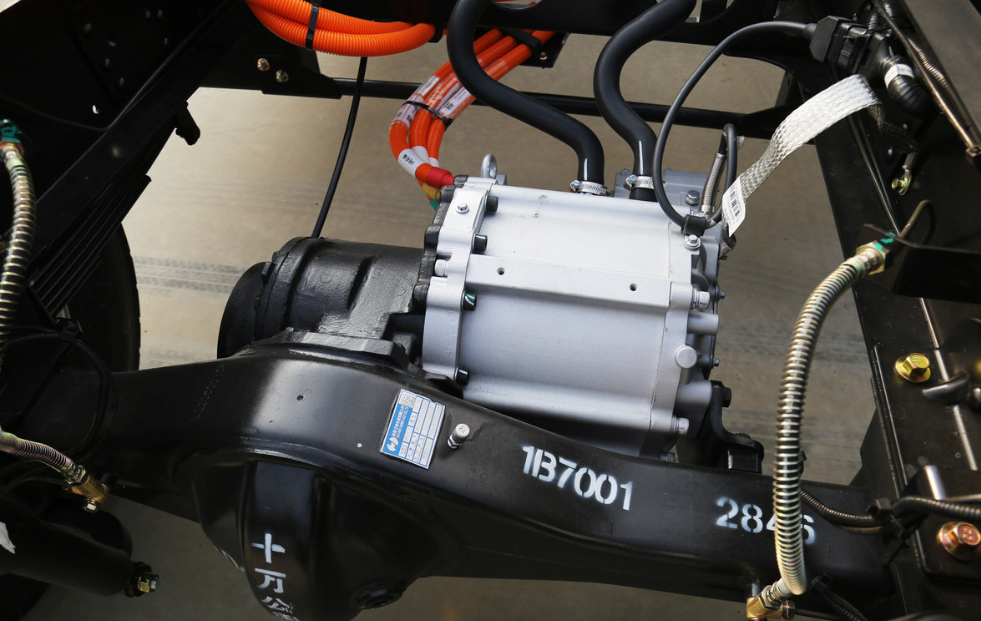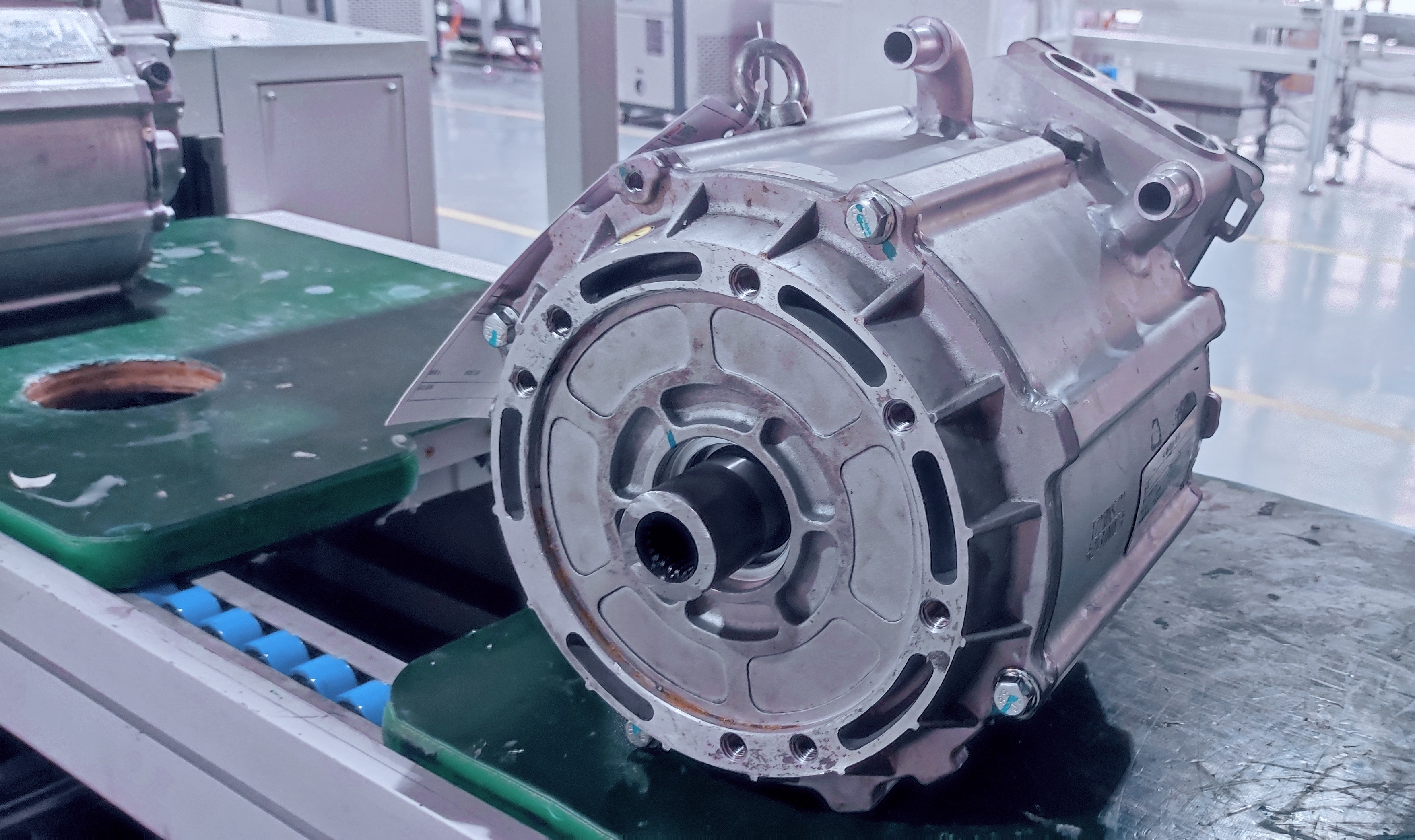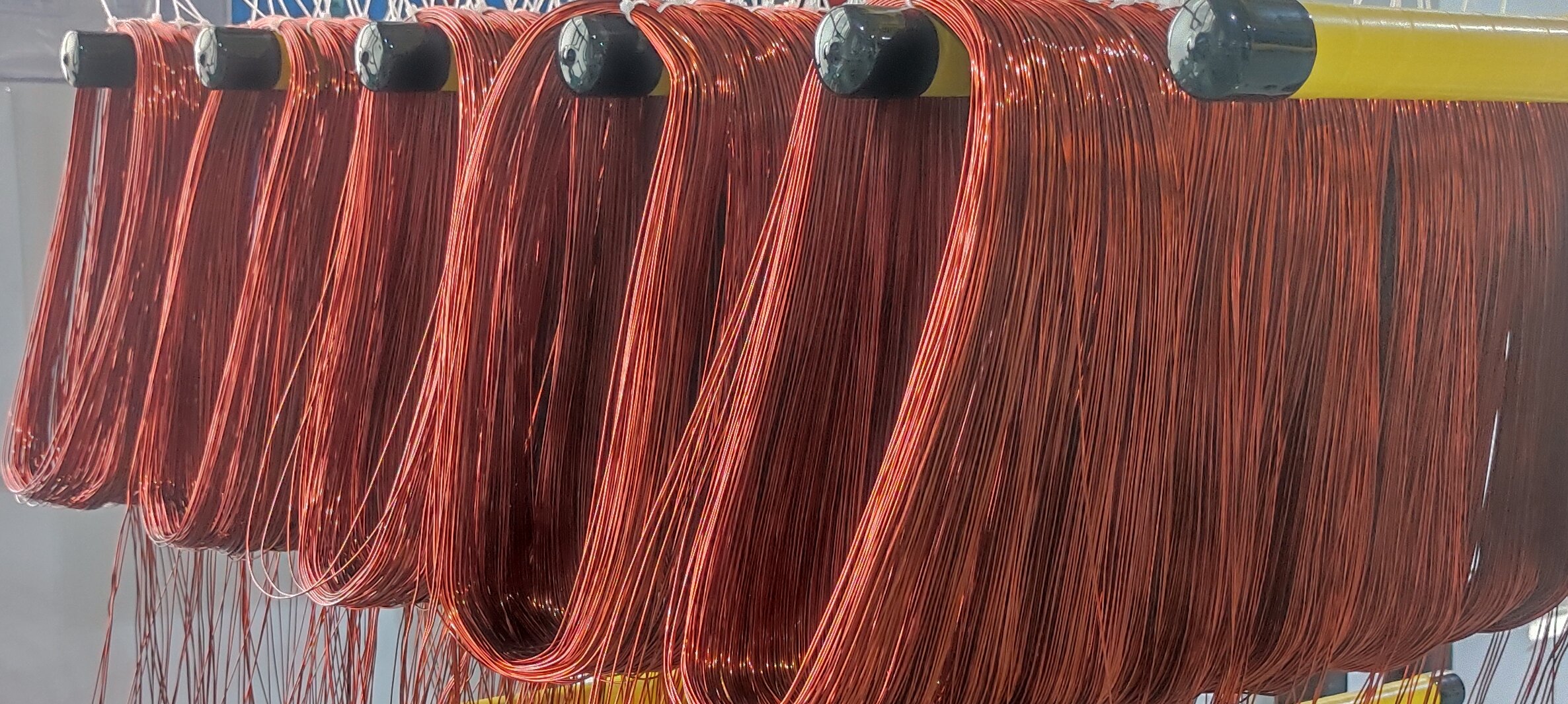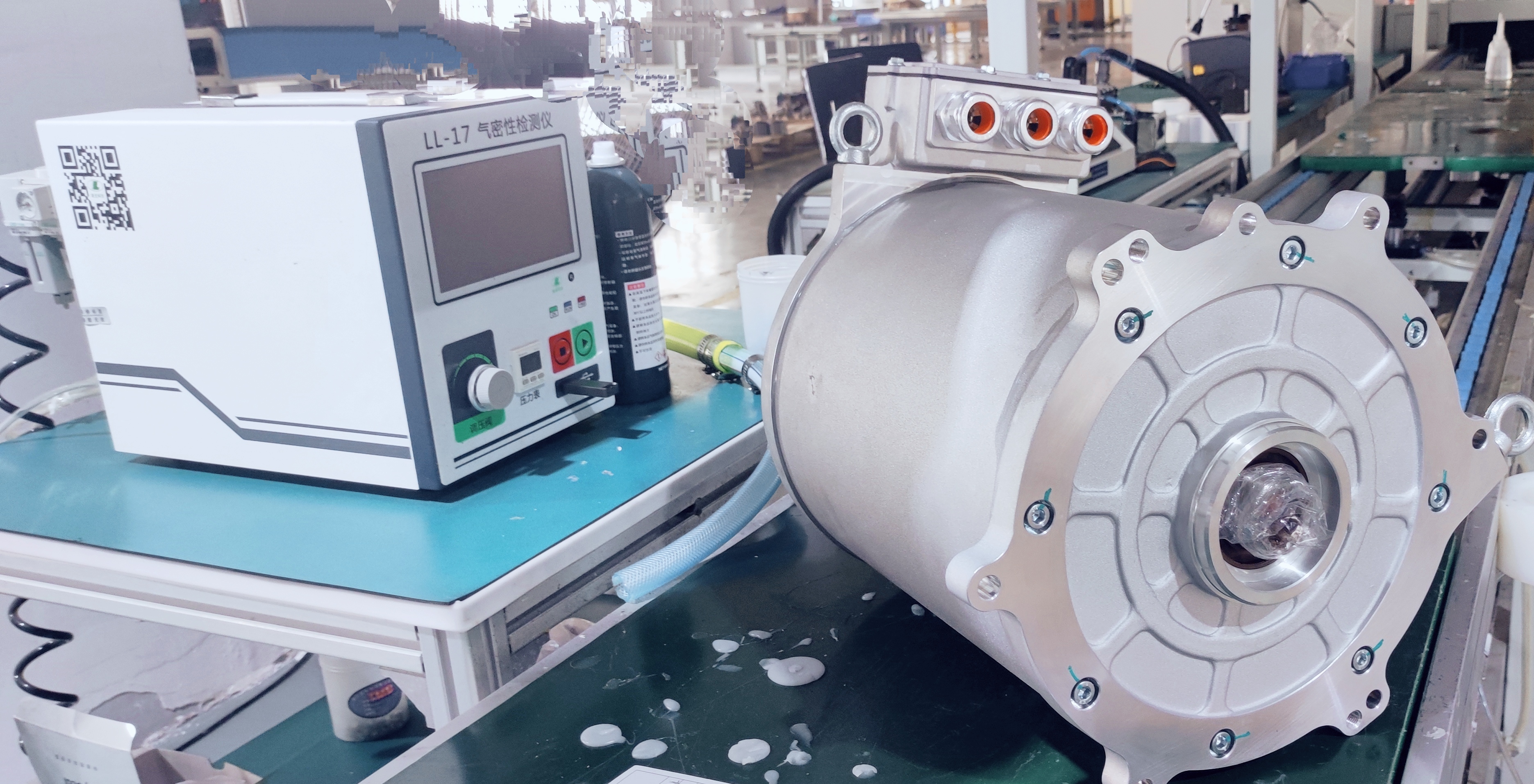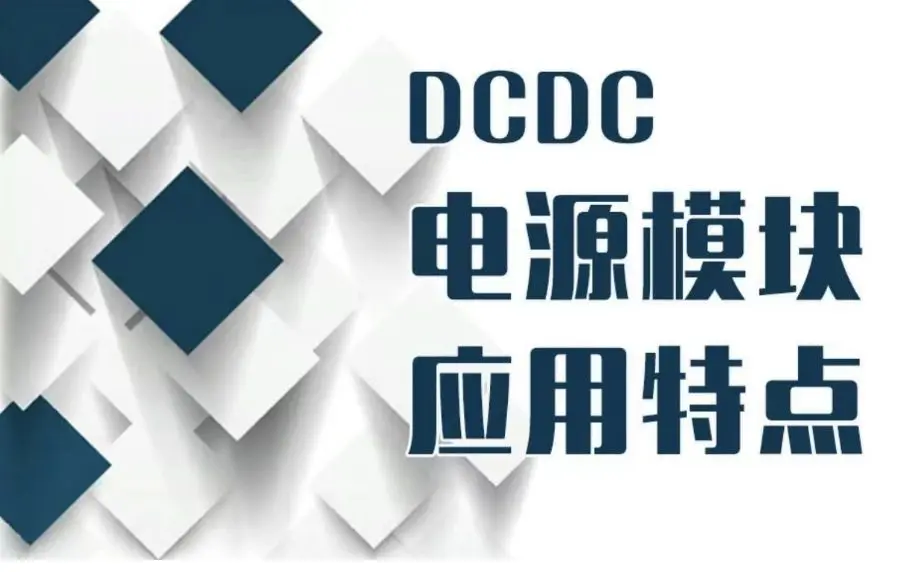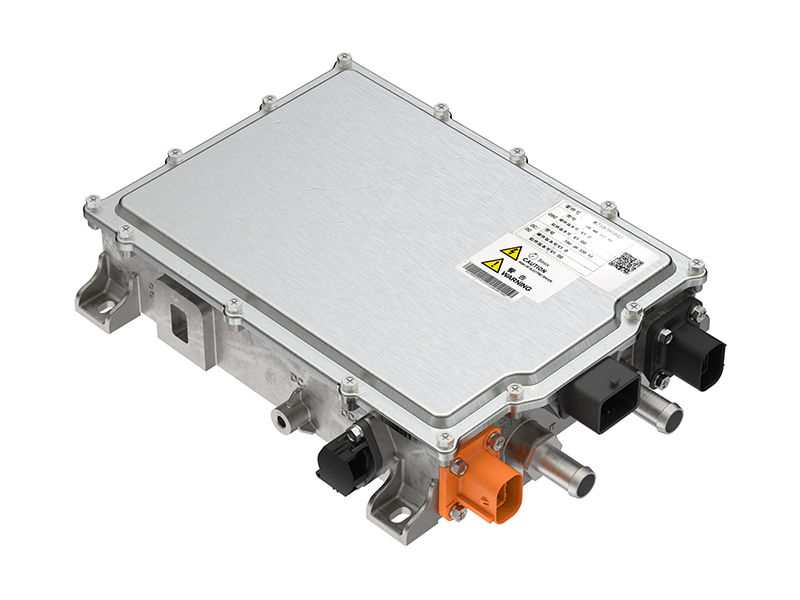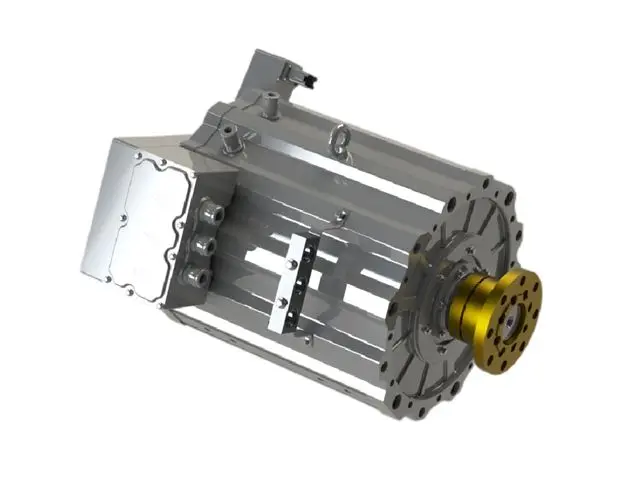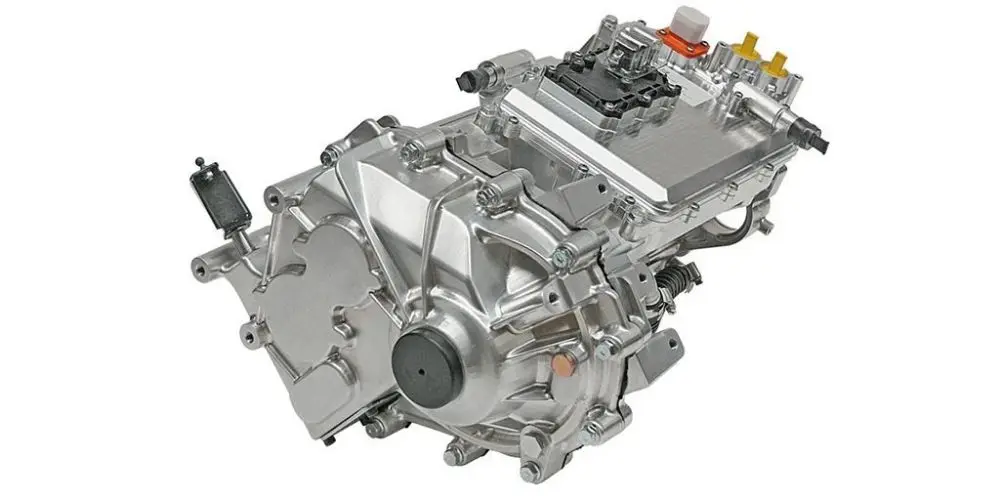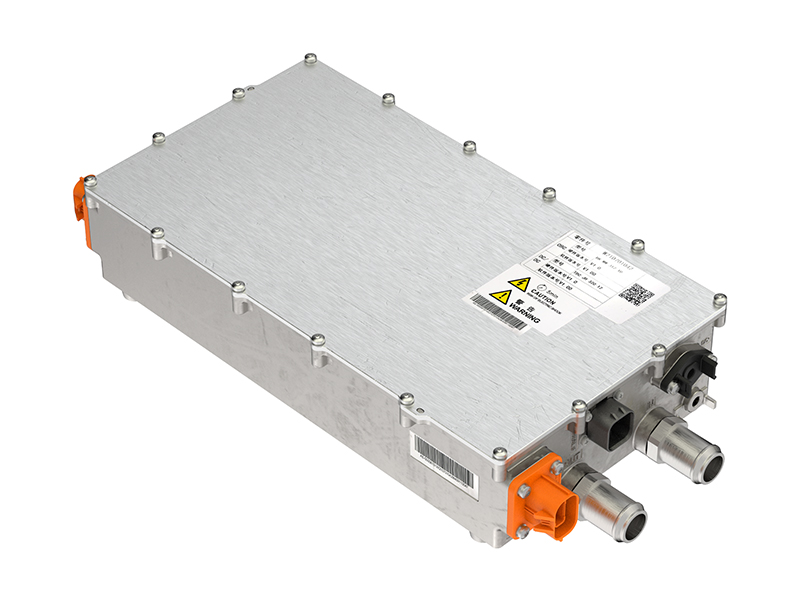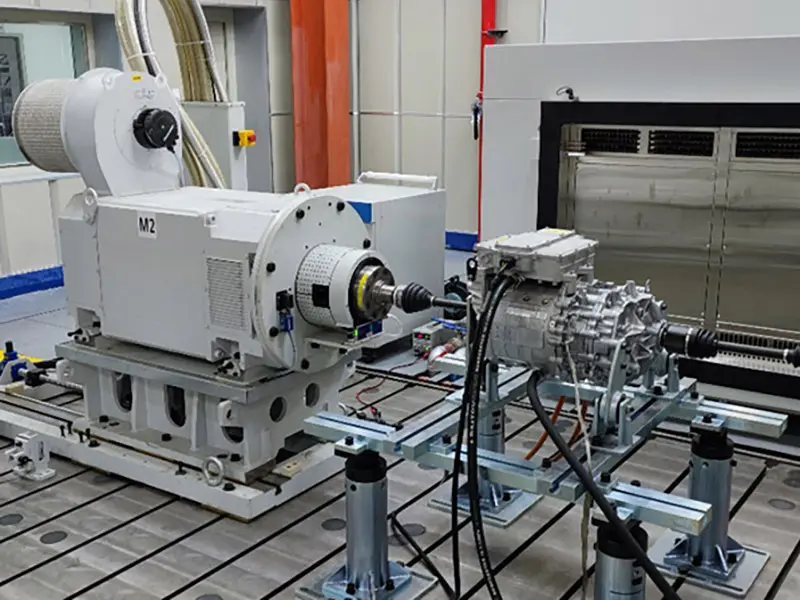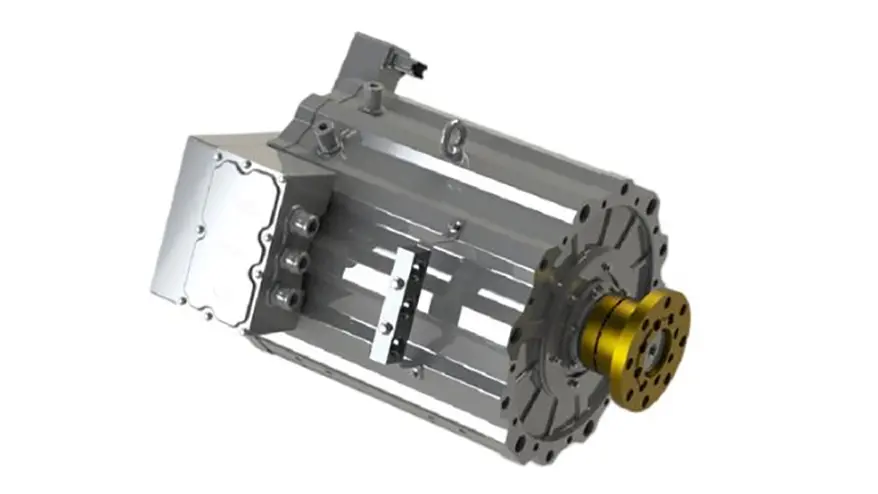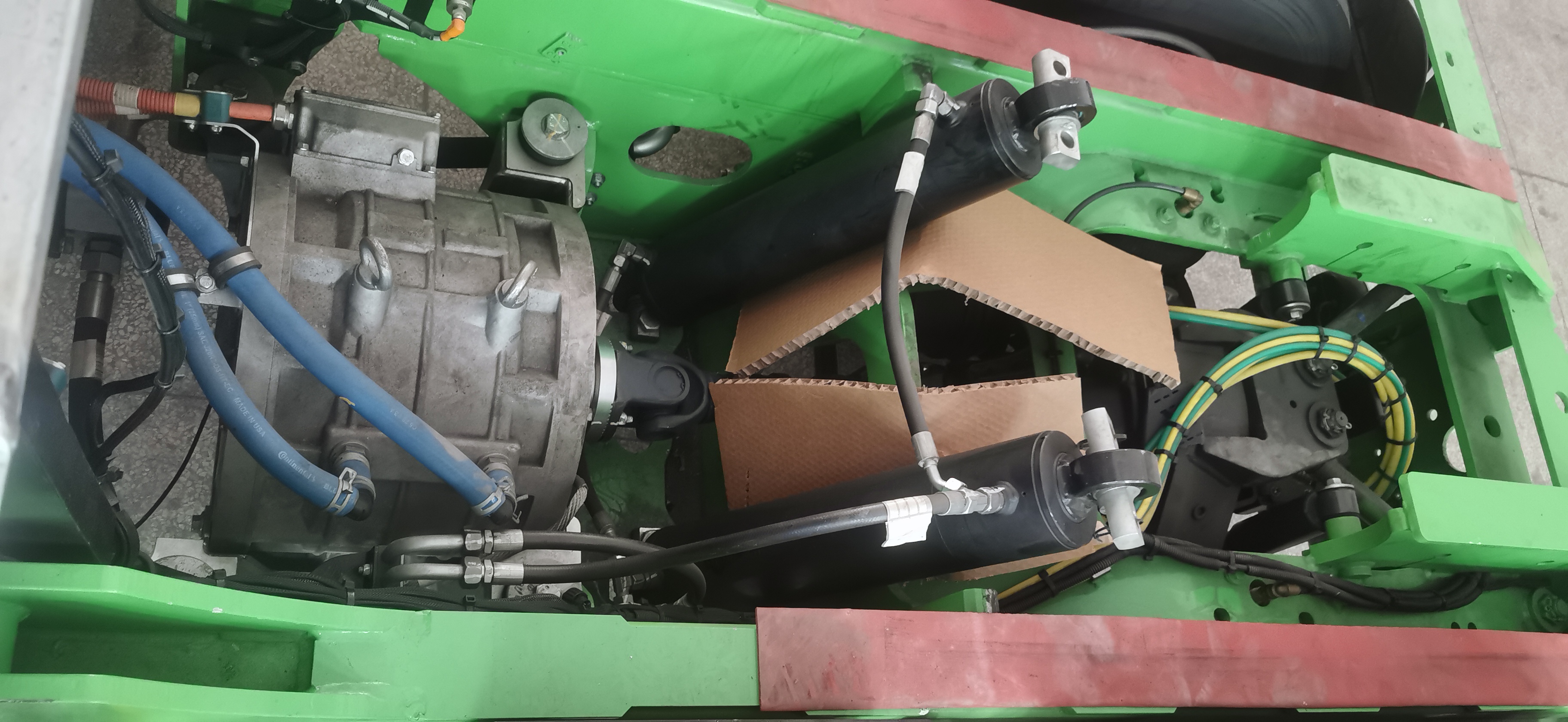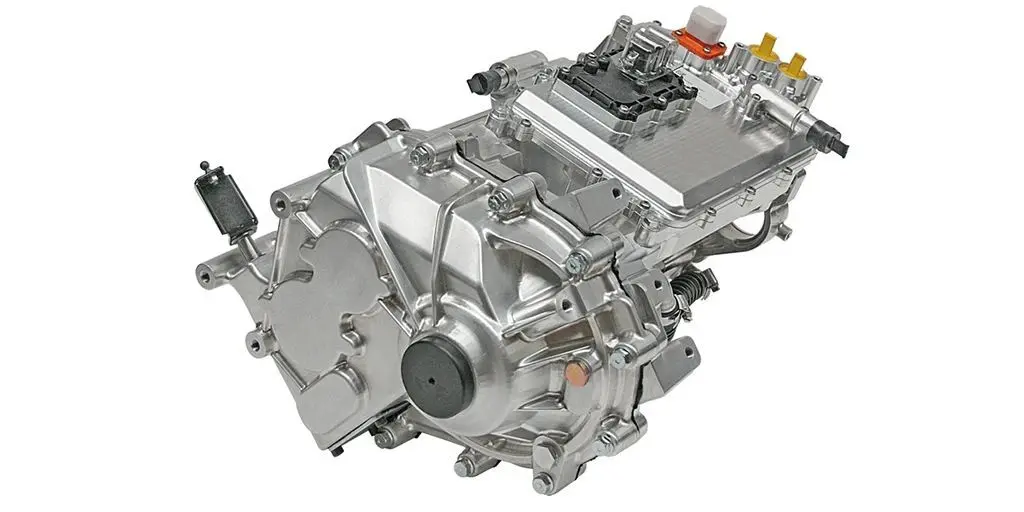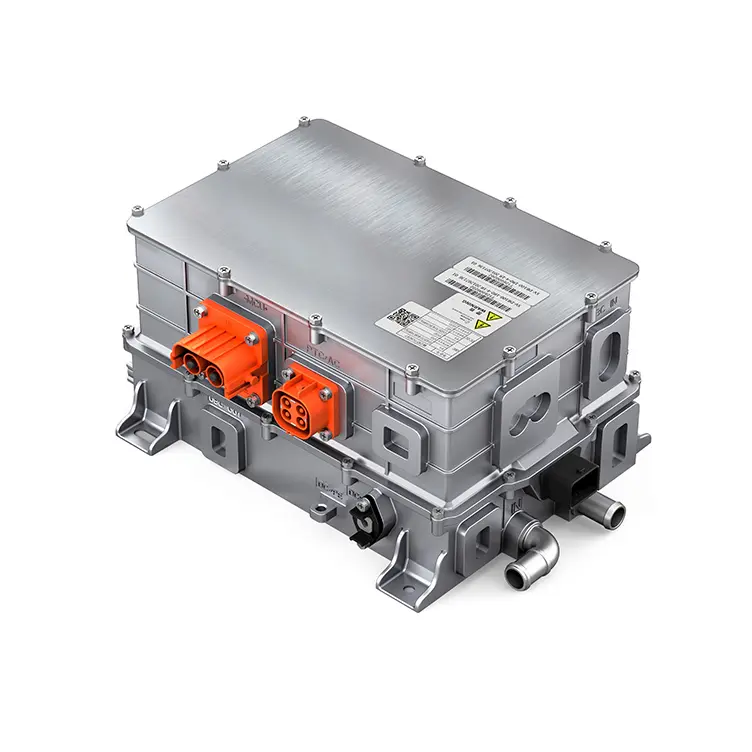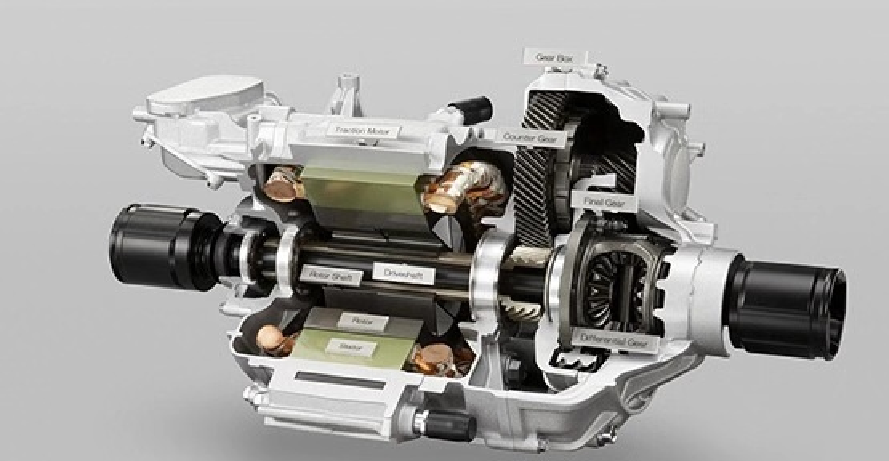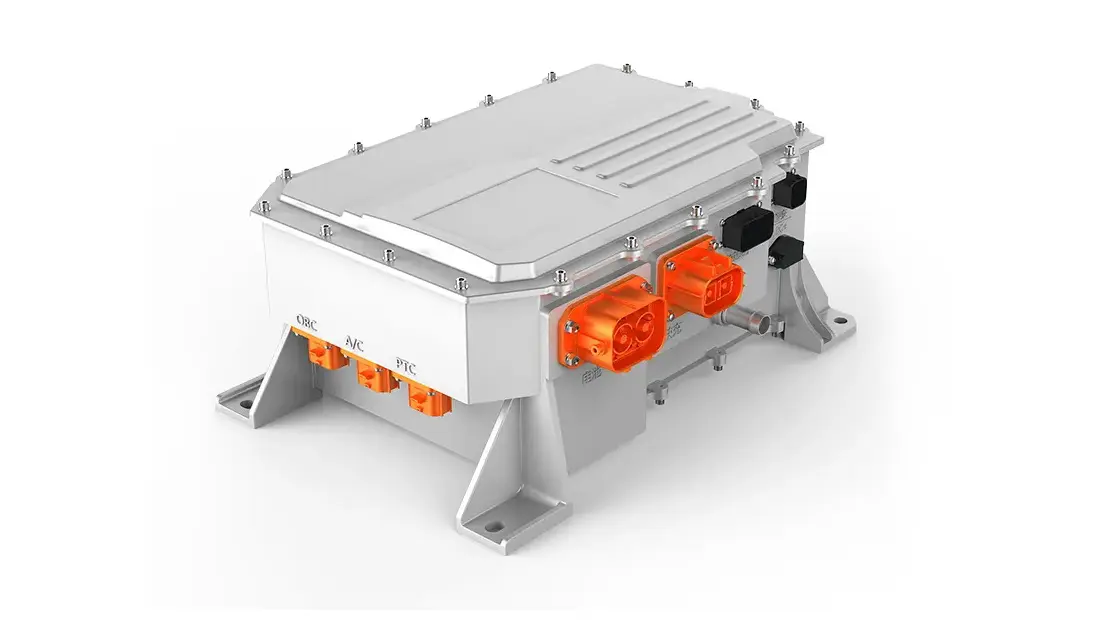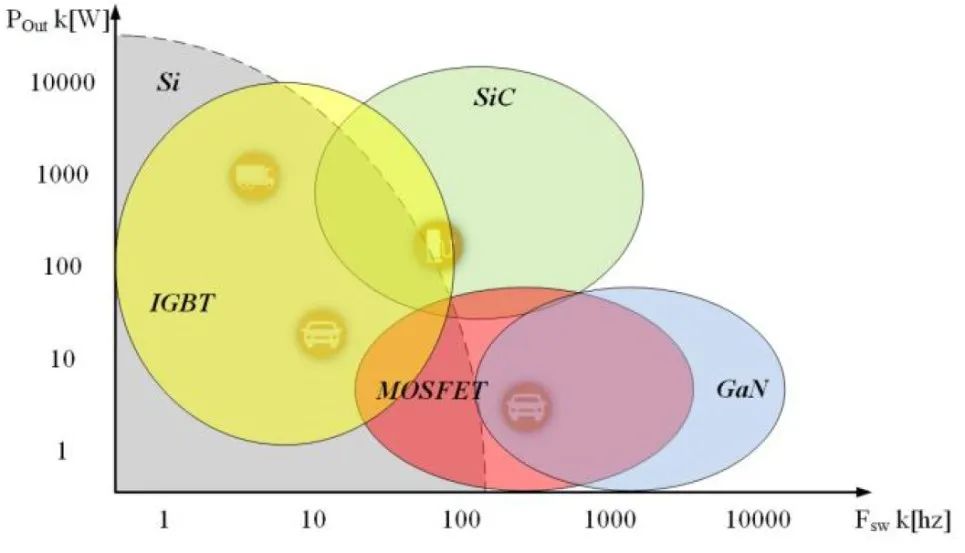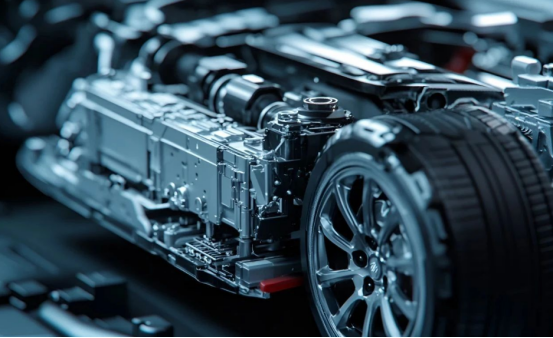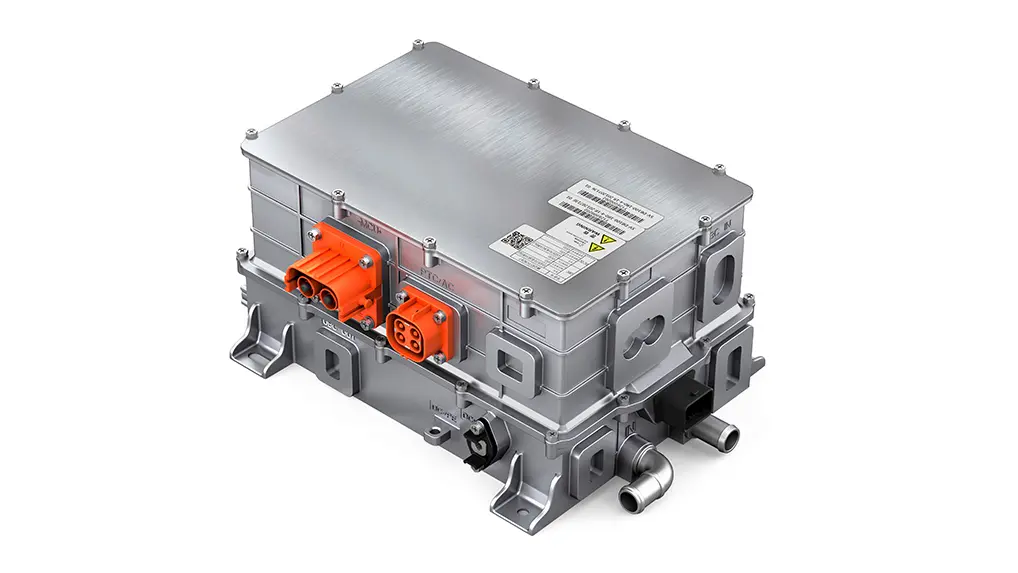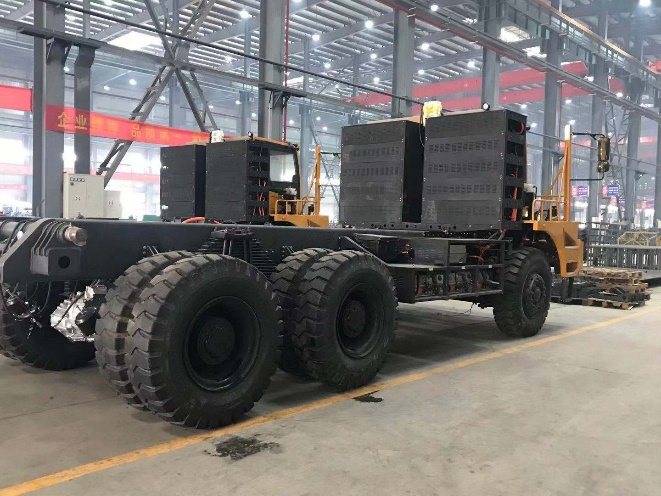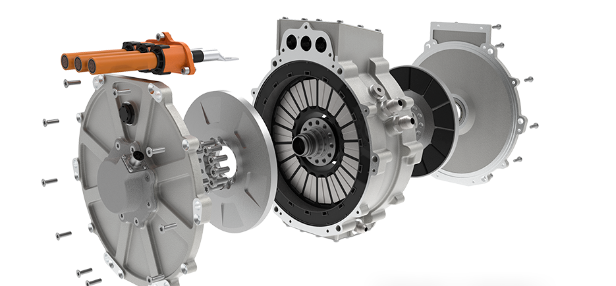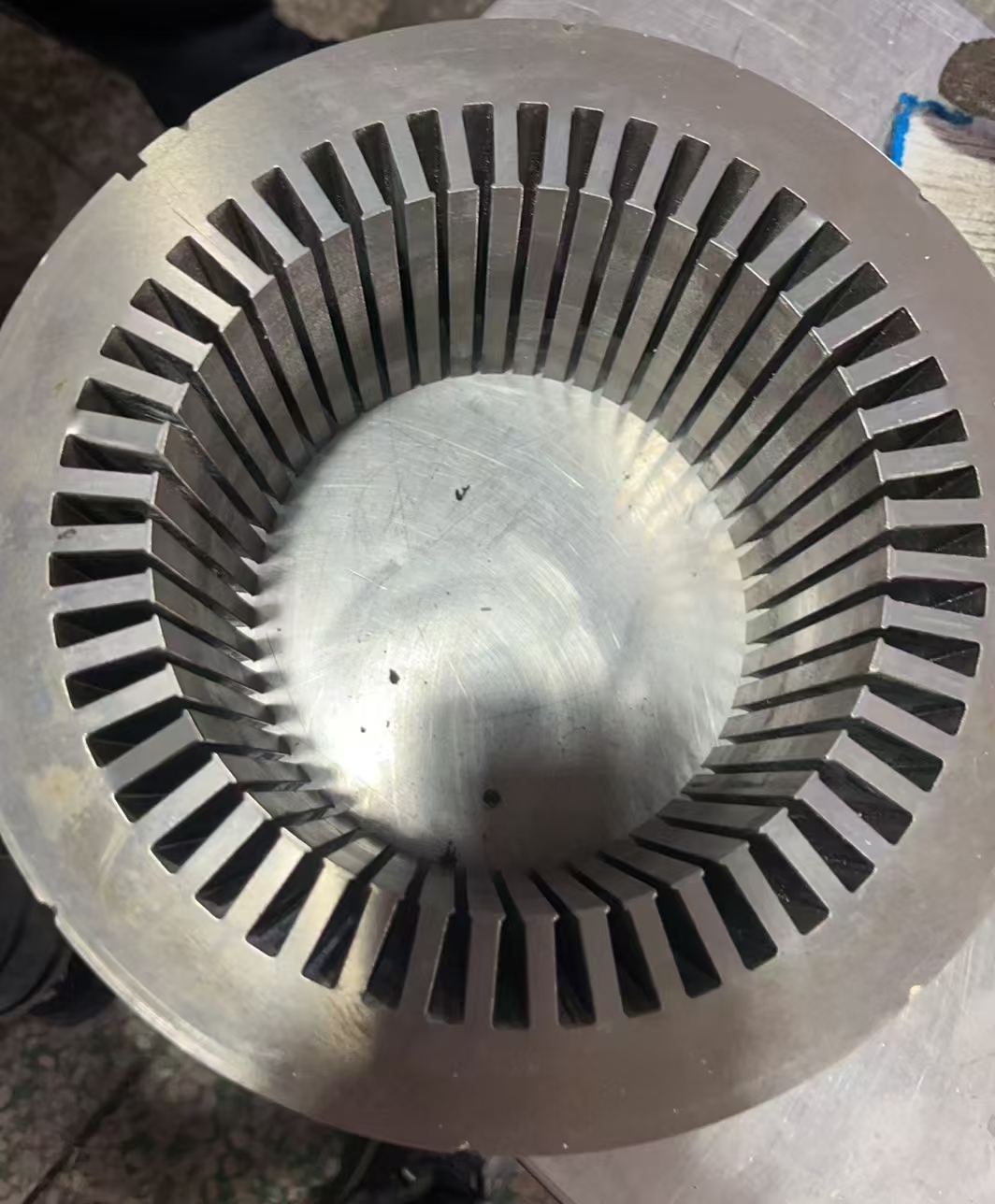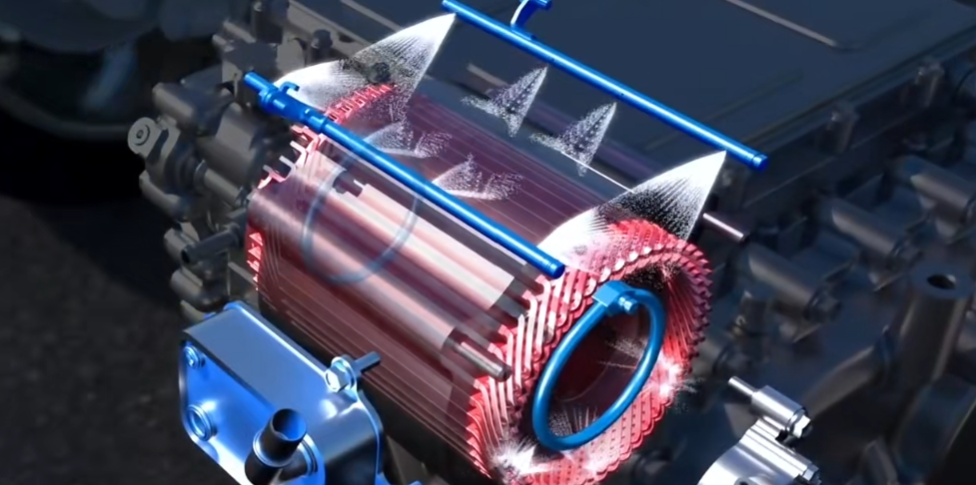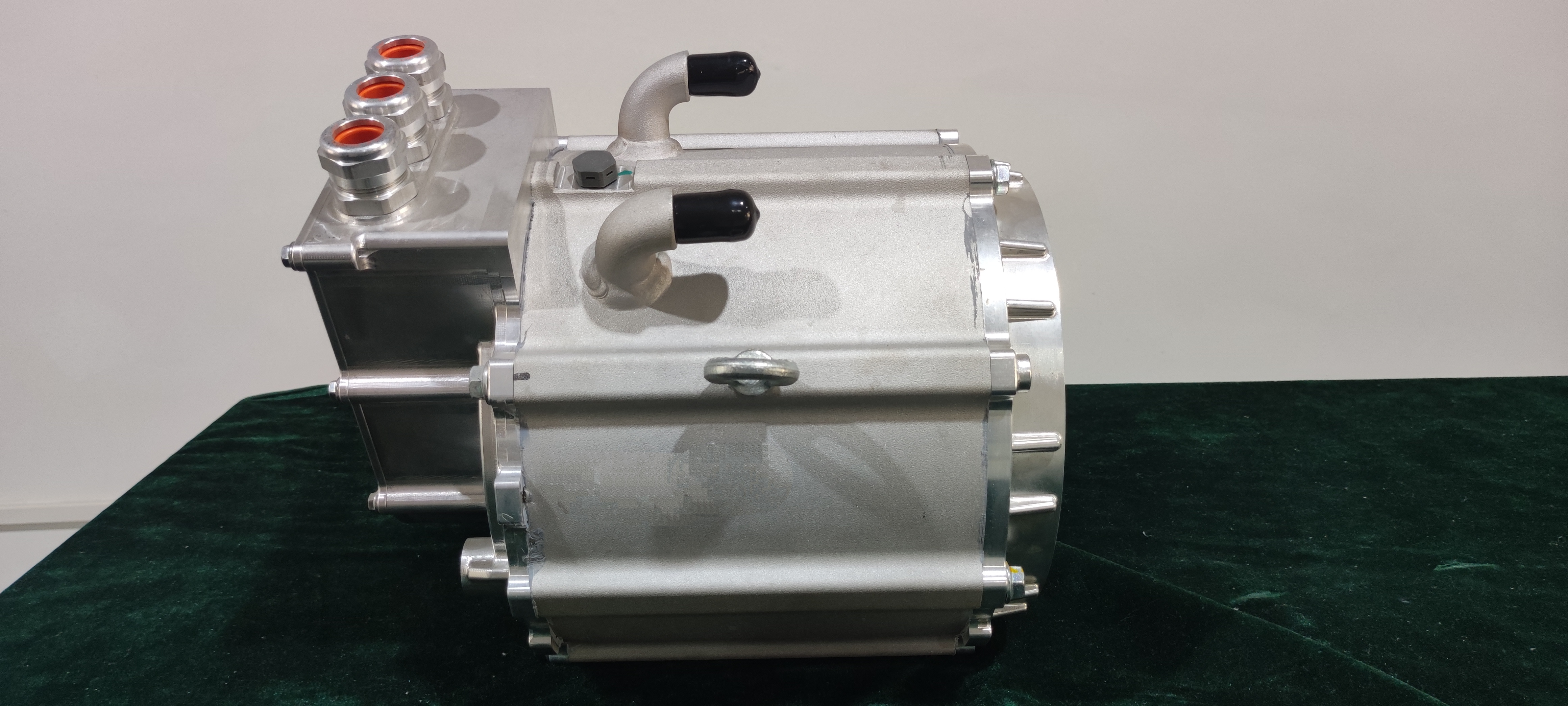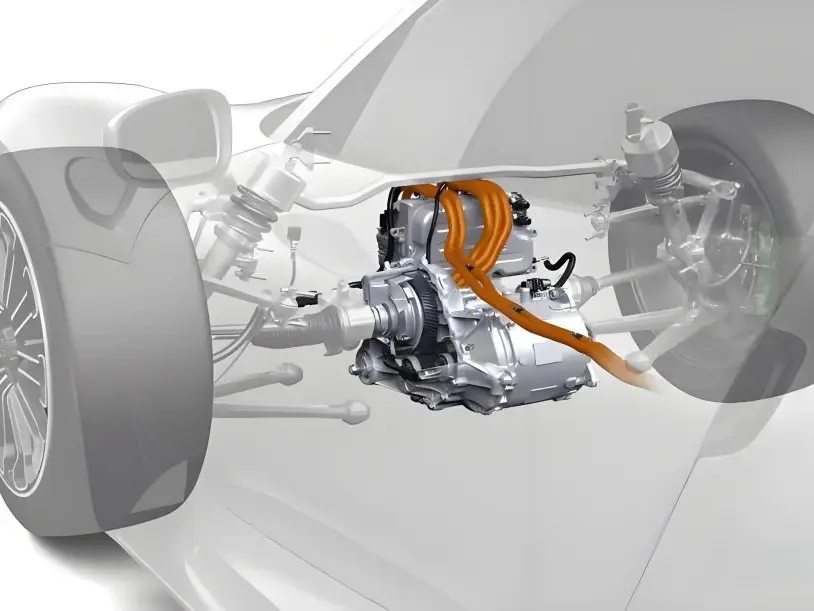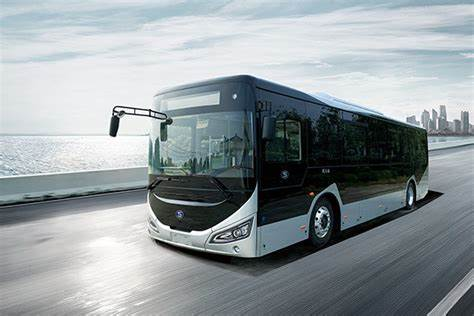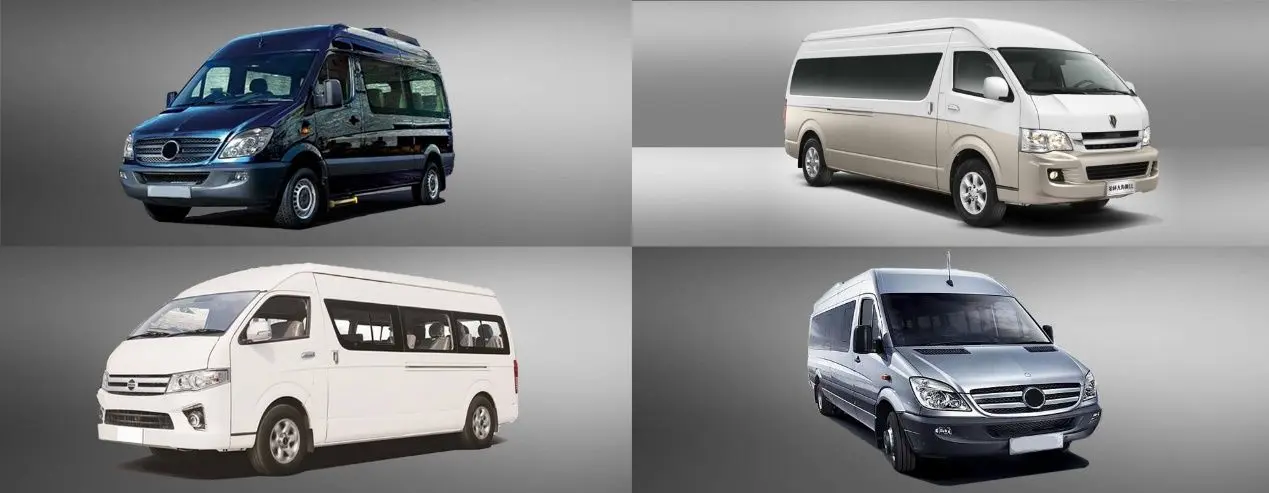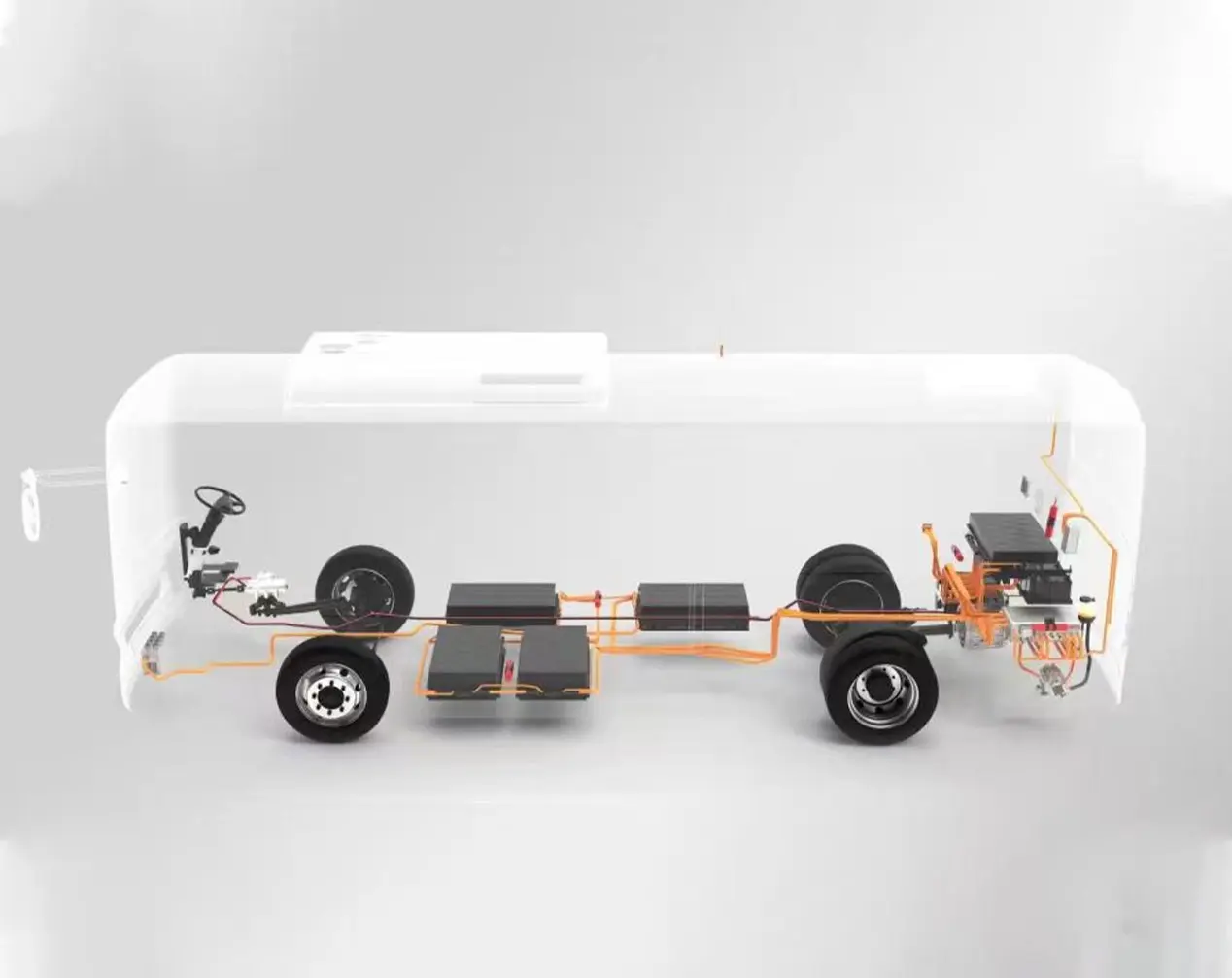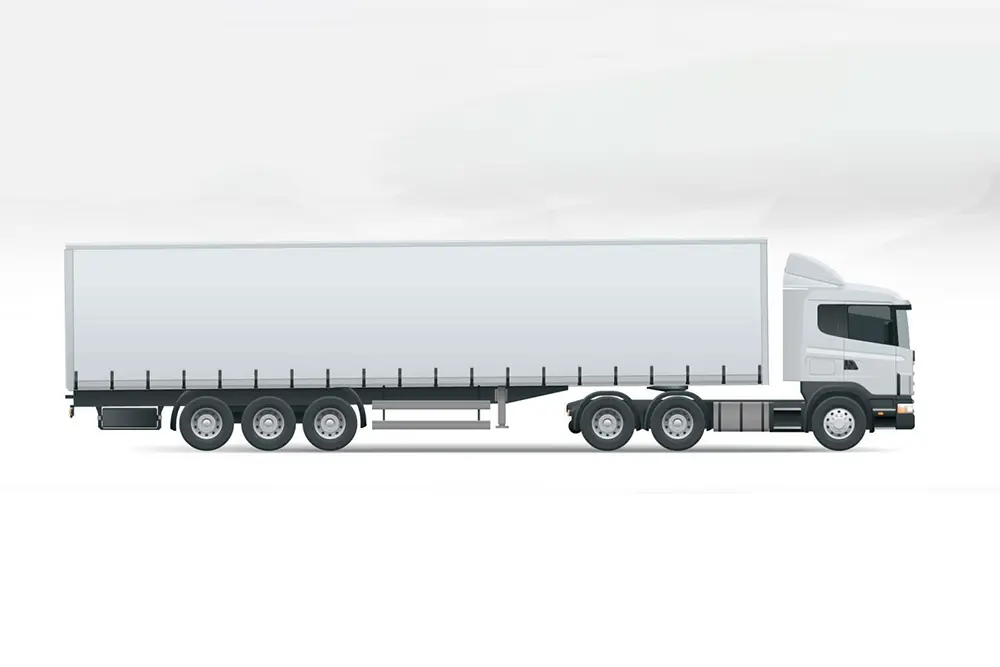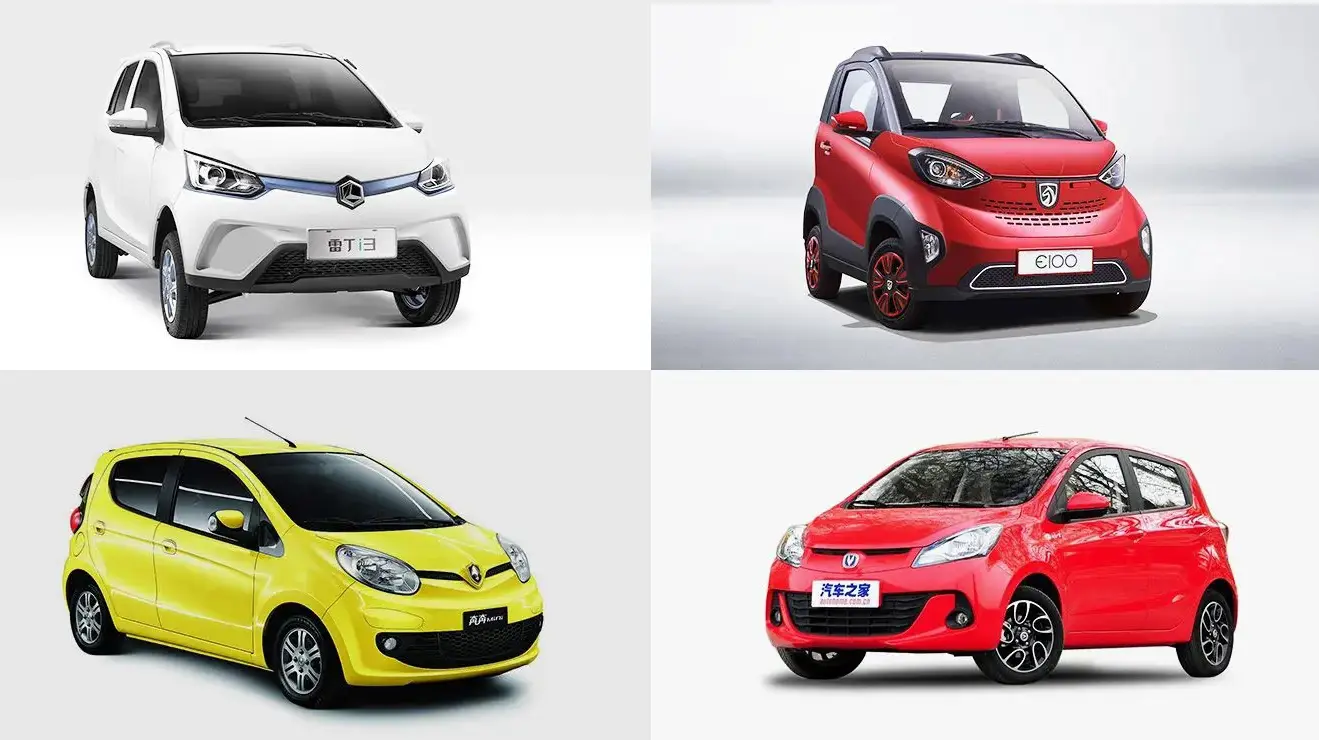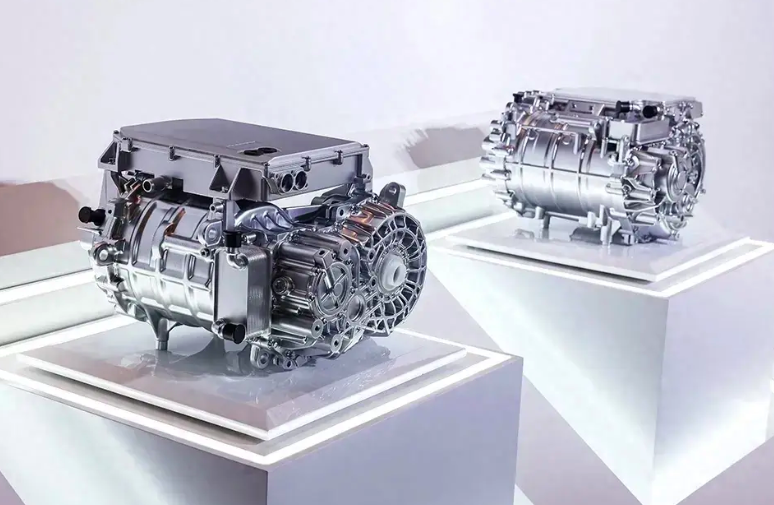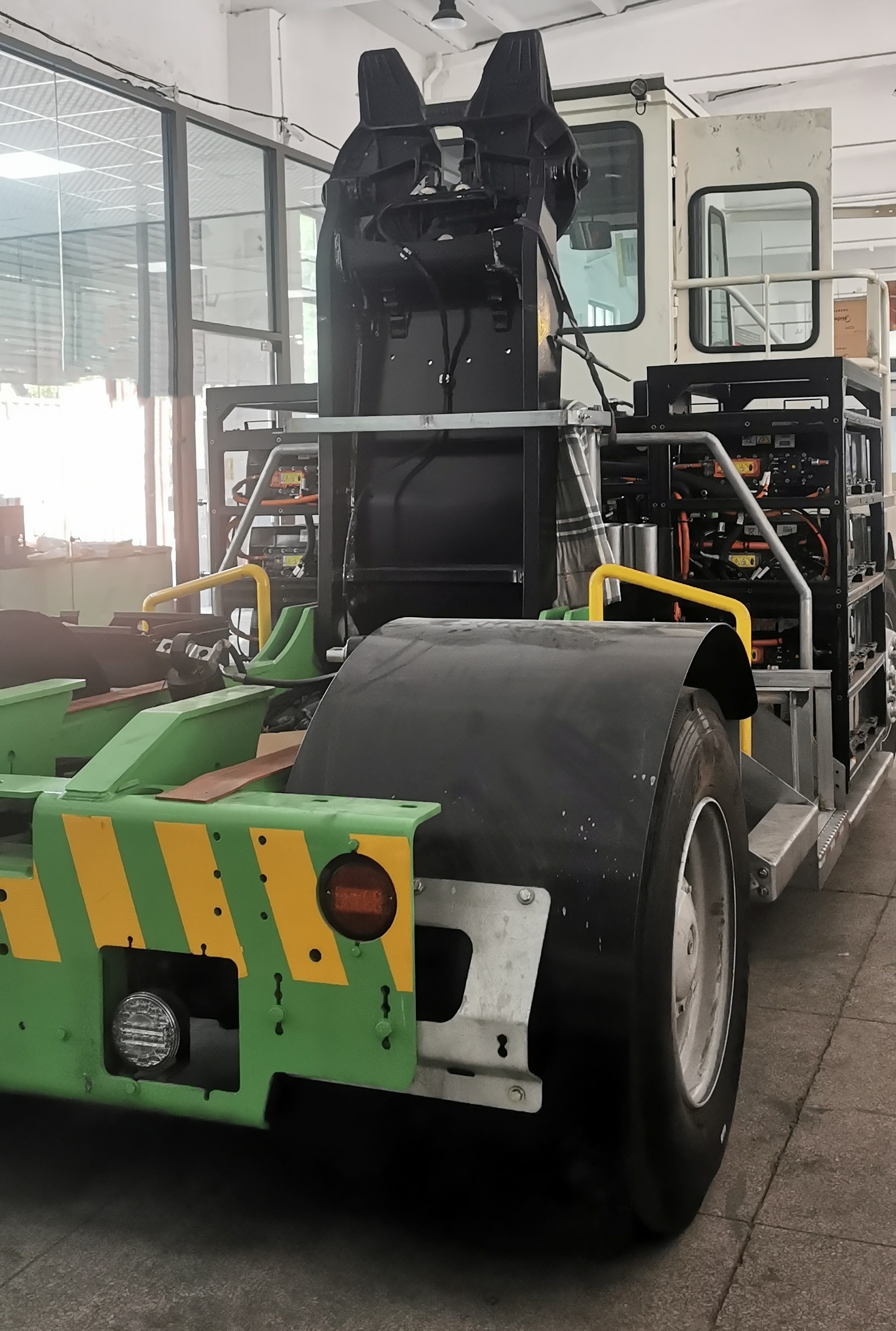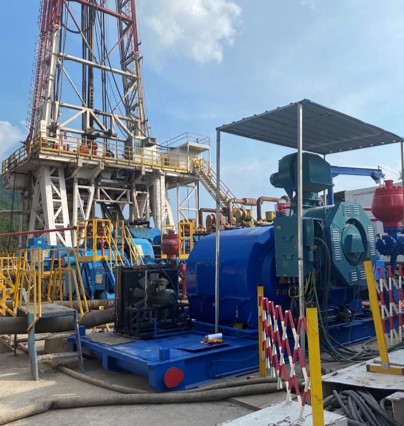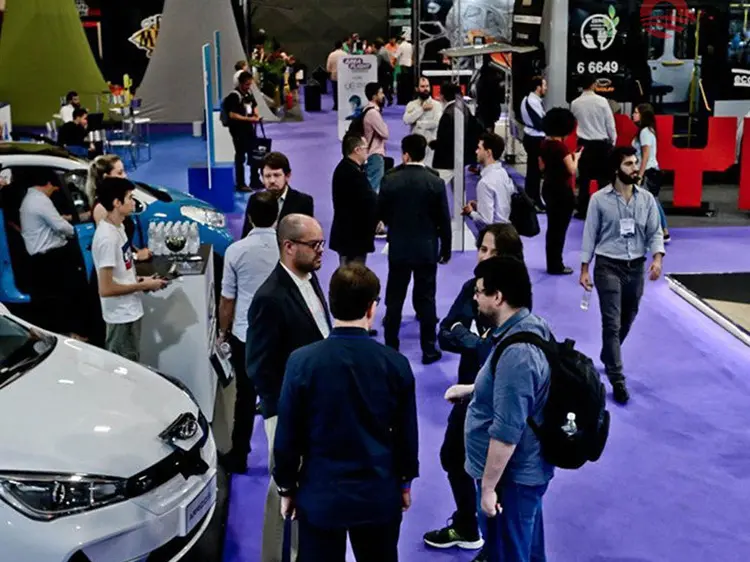How to Choose the Right Converter DC to DC for Your Project
Modern electronic systems demand stable, efficient, and adaptable power supplies. Whether you are working on consumer electronics, industrial automation, renewable energy systems, or automotive design, selecting the right converter DC to DC is critical. These small but powerful devices ensure that your components receive the correct voltage and current, protect sensitive electronics, and improve energy efficiency.
In this comprehensive guide, we will explore the fundamentals of converter DC to DC technology, the different types available, the criteria for selecting the best one for your project, and the latest trends shaping the future of power conversion. By the end, you’ll have the knowledge to confidently choose the converter that matches your project requirements.
1. Understanding the Basics of a Converter DC to DC
At its core, a converter DC to DC is an electronic circuit or module that converts one DC voltage level into another. This could mean stepping down a high voltage to a lower one (for microcontrollers), boosting a low voltage to a higher one (for LED drivers), or regulating voltage to maintain stability despite fluctuating loads.
Key Functions:
- Voltage Conversion: Adjusts the voltage up or down as required.
- Regulation: Maintains consistent output despite input fluctuations.
- Isolation: Provides safety and noise reduction in sensitive circuits.
- Efficiency: Minimizes energy losses, extending battery life in portable devices.
DC to DC converters are essential in applications ranging from smartphones and laptops to electric vehicles and solar energy systems. Without them, modern electronics simply couldn’t function reliably.
2. Why a Converter DC to DC Is Essential for Stable Power Supply
Every project has unique power requirements. A microcontroller might need 3.3V, while sensors require 5V, and actuators demand 12V. Without a proper converter DC to DC, you risk damaging components, creating unstable systems, or wasting power.
Benefits of using a converter DC to DC:
- Device Protection: Prevents voltage spikes or drops from harming sensitive electronics.
- Energy Efficiency: Ensures minimal power wastage, which is especially critical in battery-powered systems.
- System Stability: Maintains consistent performance under varying loads.
- Scalability: Allows one power source (e.g., 12V battery) to serve multiple devices with different voltage needs.
For instance, in electric vehicles, the main battery pack might provide 400V, but auxiliary electronics like lights, infotainment, and sensors require 12V or 5V. A converter DC to DC bridges this gap safely and efficiently.

3. Key Factors to Consider Before Choosing a Converter DC to DC
Choosing the right converter DC to DC isn’t a one-size-fits-all decision. It requires evaluating multiple technical and practical factors to ensure compatibility with your project.
Critical Selection Criteria:
1.Input Voltage Range – Ensure the converter supports the range of your power source. For example, a solar panel’s output varies with sunlight, so you need a wide input range.
2.Output Voltage & Current – Match the voltage to your device requirements, with sufficient current capacity.
3.Power Rating (Watts) – Calculate total power demand and add a margin for safety.
4.Efficiency – Look for >90% efficiency to minimize energy loss and heat generation.
5.Thermal Management – Converters generate heat; consider heatsinks or active cooling for high-power designs.
6.Size and Form Factor – Compact converters are ideal for portable or space-constrained projects.
7.Isolation Requirements – Isolated converters prevent ground loops and enhance safety in high-voltage systems.
8.Cost vs. Performance – Balance budget with reliability, especially for consumer vs. industrial projects.
4. Types of Converter DC to DC and Their Applications
Not all converters are the same. Understanding the main categories will help you select the right one.
|
Converter Type |
Function |
Common Applications |
Example Voltage Conversion |
|
Buck (Step-Down) |
Converts higher DC voltage to lower |
Microcontrollers, sensors |
12V → 5V |
|
Boost (Step-Up) |
Converts lower DC voltage to higher |
LED drivers, battery packs |
3.7V → 12V |
|
Buck-Boost |
Can both step up and step down |
Portable electronics |
5V → 3.3V or 12V |
|
Isolated Converter |
Provides galvanic isolation, adds safety |
Medical devices, industrial equipment |
48V → 12V (isolated) |
|
Charge Pump |
Uses capacitors for voltage conversion |
Low-power ICs, compact designs |
5V → 10V |
5. Efficiency and Reliability in a Converter DC to DC
Efficiency directly impacts the success of your project. A poorly designed converter wastes power as heat, shortens battery life, and risks component damage. Reliability ensures long-term operation, especially in mission-critical systems like aerospace, automotive, or medical equipment.
How to Ensure Efficiency and Reliability:
- Choose converters with high efficiency ratings (>90%).
- Check for certifications (UL, CE, RoHS).
- Use converters with built-in protection features: over-voltage, under-voltage, short-circuit, and thermal shutdown.
- Consider MTBF (Mean Time Between Failures) for industrial applications.
Reliable converter DC to DC units reduce downtime, maintenance costs, and risks of failure.
6. Common Mistakes to Avoid When Selecting a Converter DC to DC
Even experienced engineers make mistakes when choosing power converters. Avoid these pitfalls:
- Ignoring Load Requirements: Undersized converters fail under peak loads.
- Overlooking Heat Management: Excess heat reduces lifespan.
- Neglecting EMI/EMC Compliance: Poorly shielded converters may interfere with other electronics.
- Focusing Only on Price: Cheap, low-quality converters often fail prematurely.
- Not Planning for Scalability: Future upgrades may require higher power.
By steering clear of these mistakes, you’ll save time, money, and frustration.
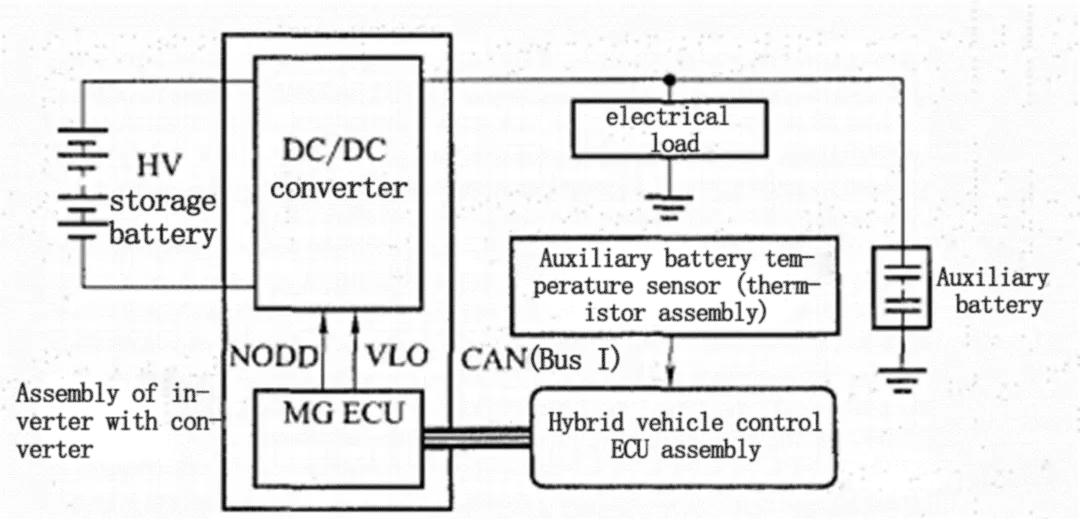
7. How to Match a Converter DC to DC to Your Project Requirements
Here’s a step-by-step approach to selecting the ideal converter DC to DC:
1.Identify Power Source: Battery, solar, USB, or industrial supply.
2.List Device Requirements: Voltage, current, and tolerance.
3.Select Converter Type: Buck, boost, or isolated based on needs.
4.Check Efficiency Ratings: Higher is better, especially for portable devices.
5.Review Environmental Factors: Temperature, vibration, humidity.
6.Prototype and Test: Validate performance before scaling production.
For example, if you’re designing a drone powered by a lithium battery (11.1V) but need 5V for sensors and 12V for motors, you’ll use both buck and boost converter DC to DC modules in the system.
8. Future Trends in Converter DC to DC Technology
As technology evolves, so do converter DC to DC designs. Emerging trends include:
- Higher Power Density: Smaller converters with higher performance.
- Wide-Bandgap Semiconductors (GaN, SiC): Improve efficiency and reduce heat.
- Digital Control: Smarter converters with programmable features.
- Integration: Modules combining multiple functions into one package.
- Green Energy Applications: Optimized converters for solar, wind, and EVs.
These innovations make converters more efficient, compact, and adaptable to next-generation electronics.
FAQ – Converter DC to DC
Q1: What is the main purpose of a converter DC to DC?
A converter DC to DC adjusts DC voltage levels to match the needs of different devices, ensuring stability and efficiency.
Q2: Can I use one converter for multiple devices?
Yes, as long as the converter provides sufficient current and correct voltage, multiple devices can share it.
Q3: What’s the difference between buck and boost converters?
A buck lowers voltage (step-down), while a boost raises voltage (step-up).
Q4: Why is efficiency so important in a converter DC to DC?
Higher efficiency reduces wasted power, minimizes heat, and extends battery life.
Q5: Do I always need isolation in my converter?
Not always. Isolation is required in high-voltage, medical, or sensitive applications for safety and noise reduction.
Q6: How do I know the right wattage for my project?
Add up the total power consumption of all devices and choose a converter with at least 20–30% extra capacity.
Conclusion
Choosing the right converter DC to DC for your project is a balance of understanding your power needs, evaluating converter types, and considering efficiency, reliability, and scalability. From basic consumer electronics to advanced renewable energy systems, these converters are the backbone of modern electronics.
By applying the principles in this guide, you’ll be able to confidently select the right solution, avoid common mistakes, and future-proof your design with cutting-edge technology.
A reliable converter DC to DC is not just a component—it’s the foundation of your project’s success.









